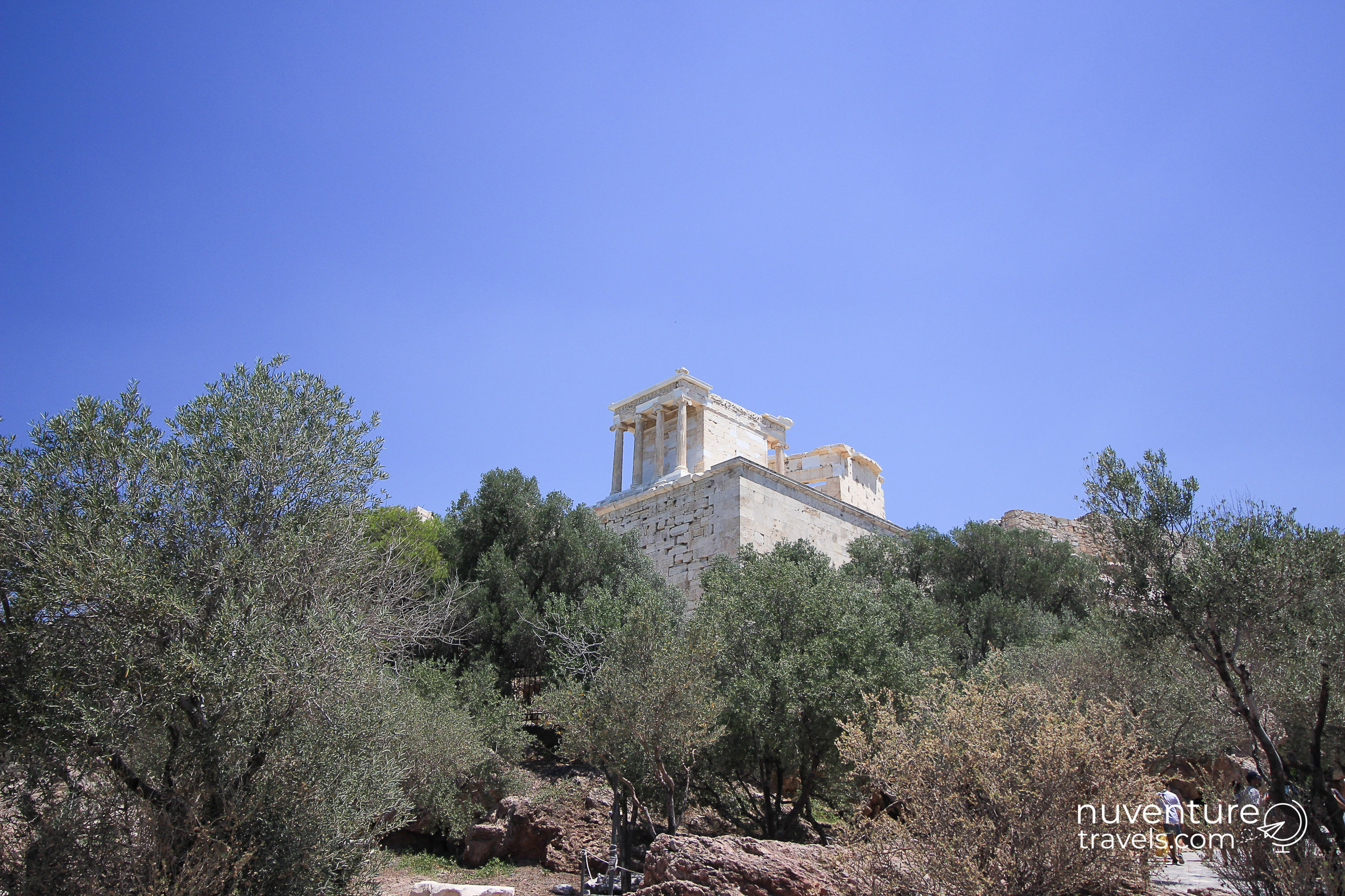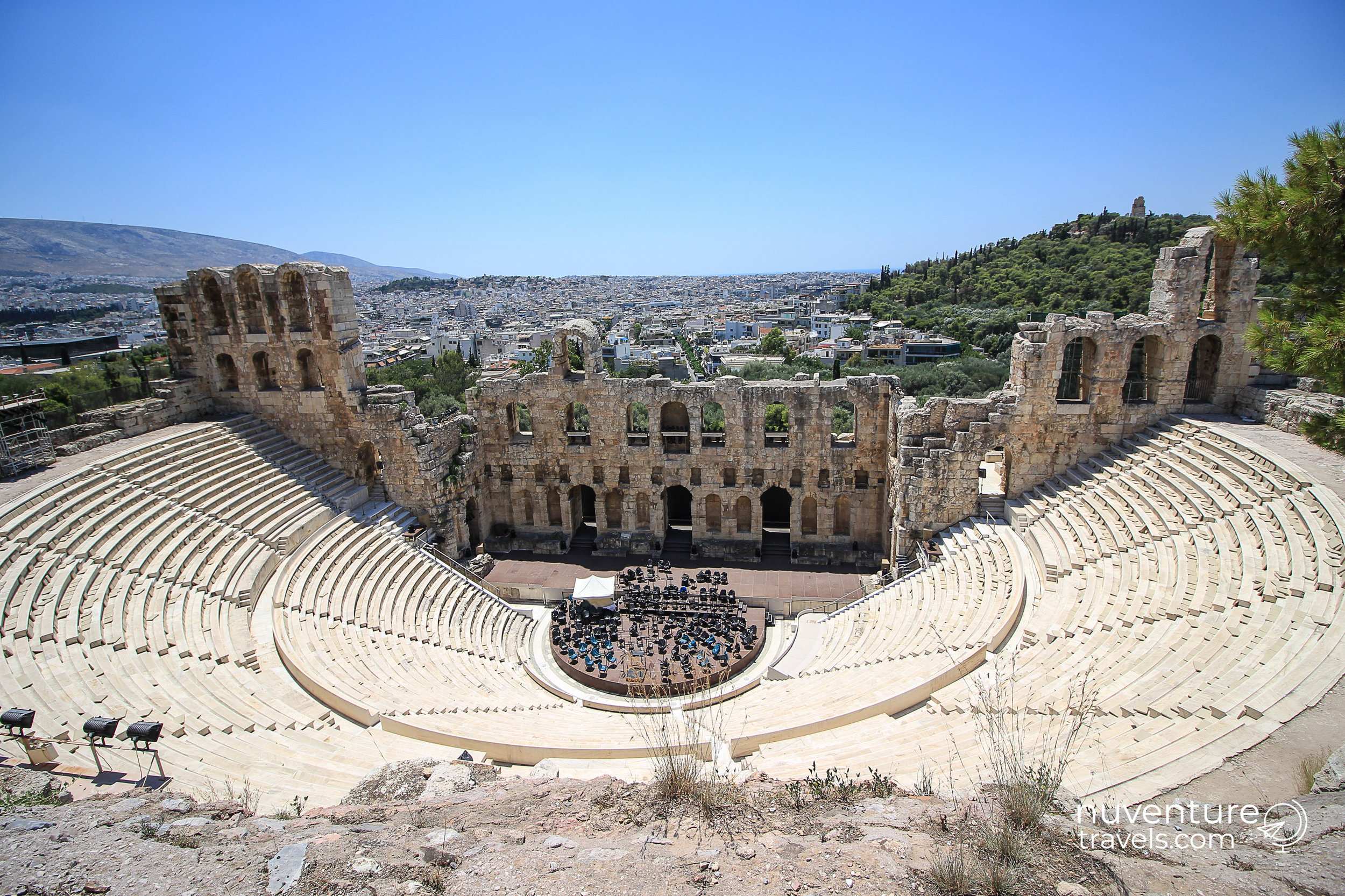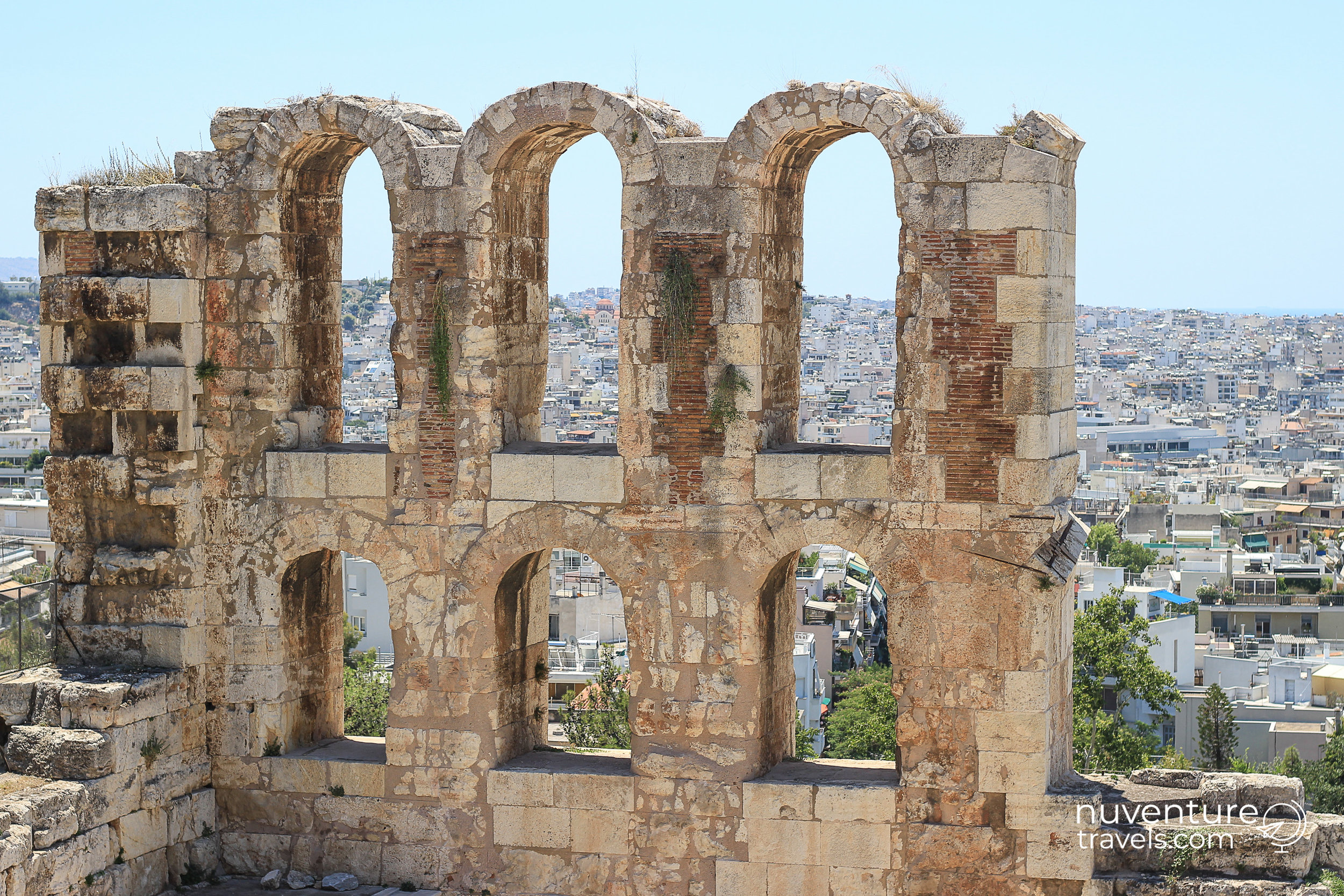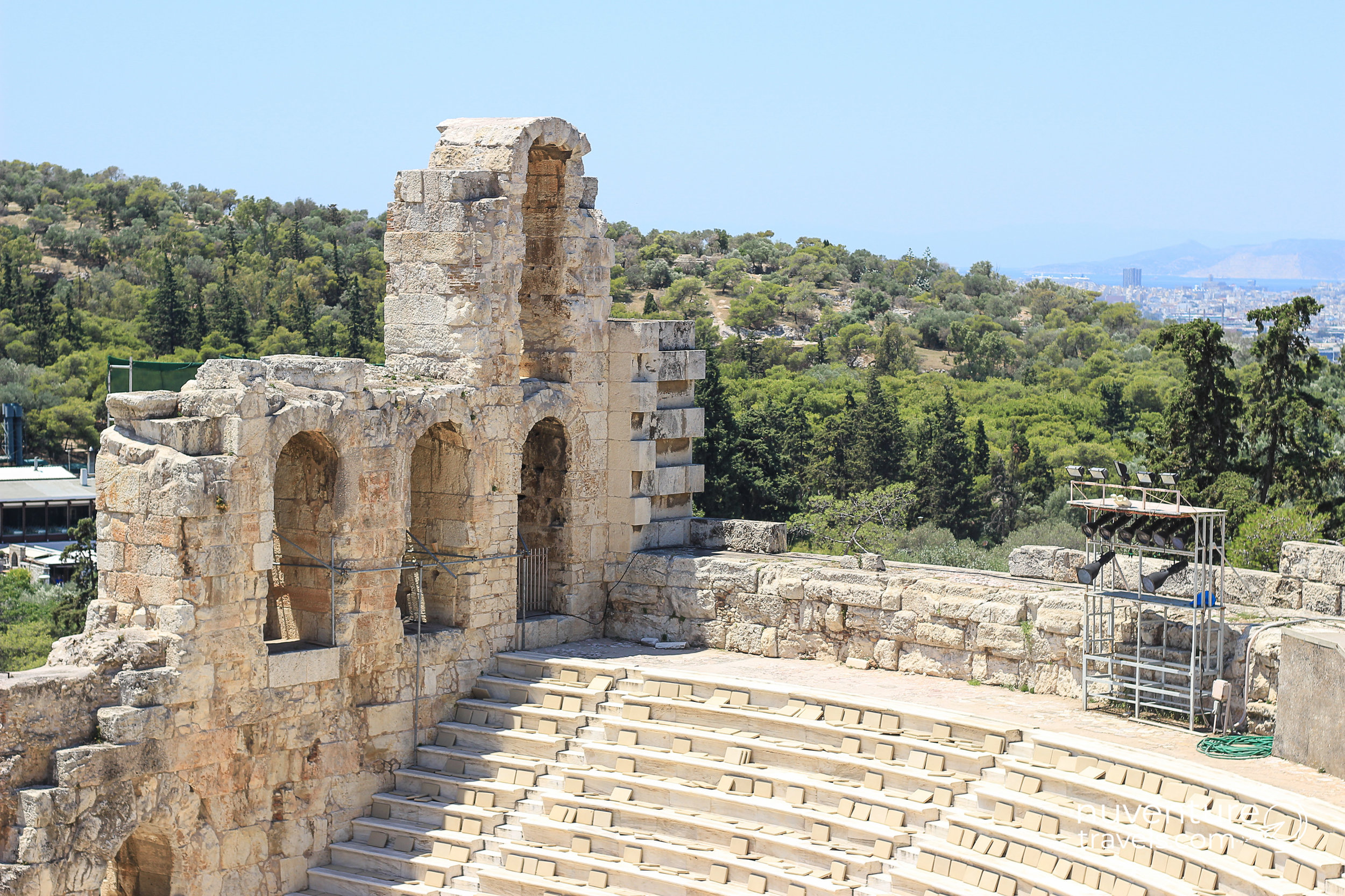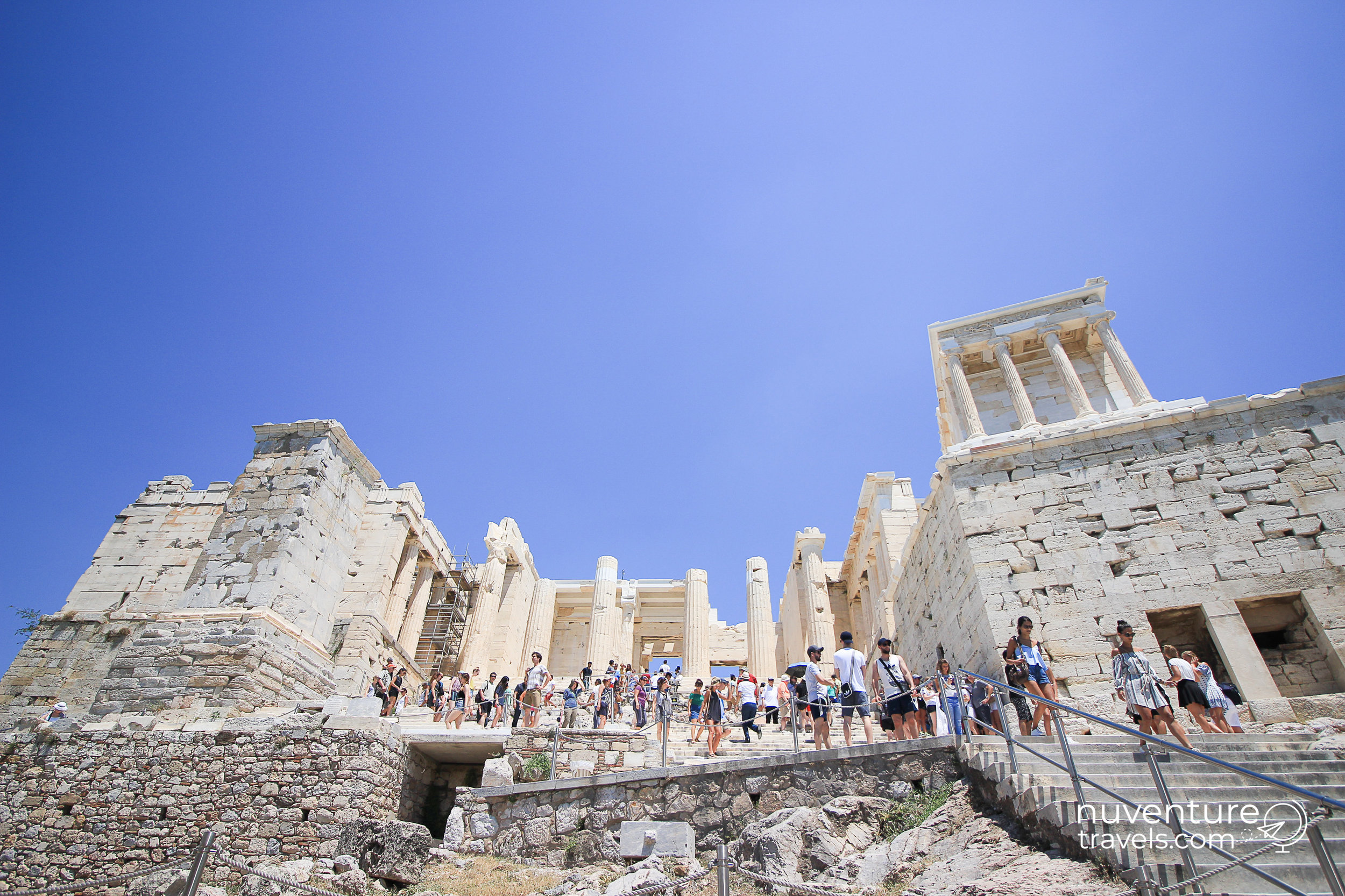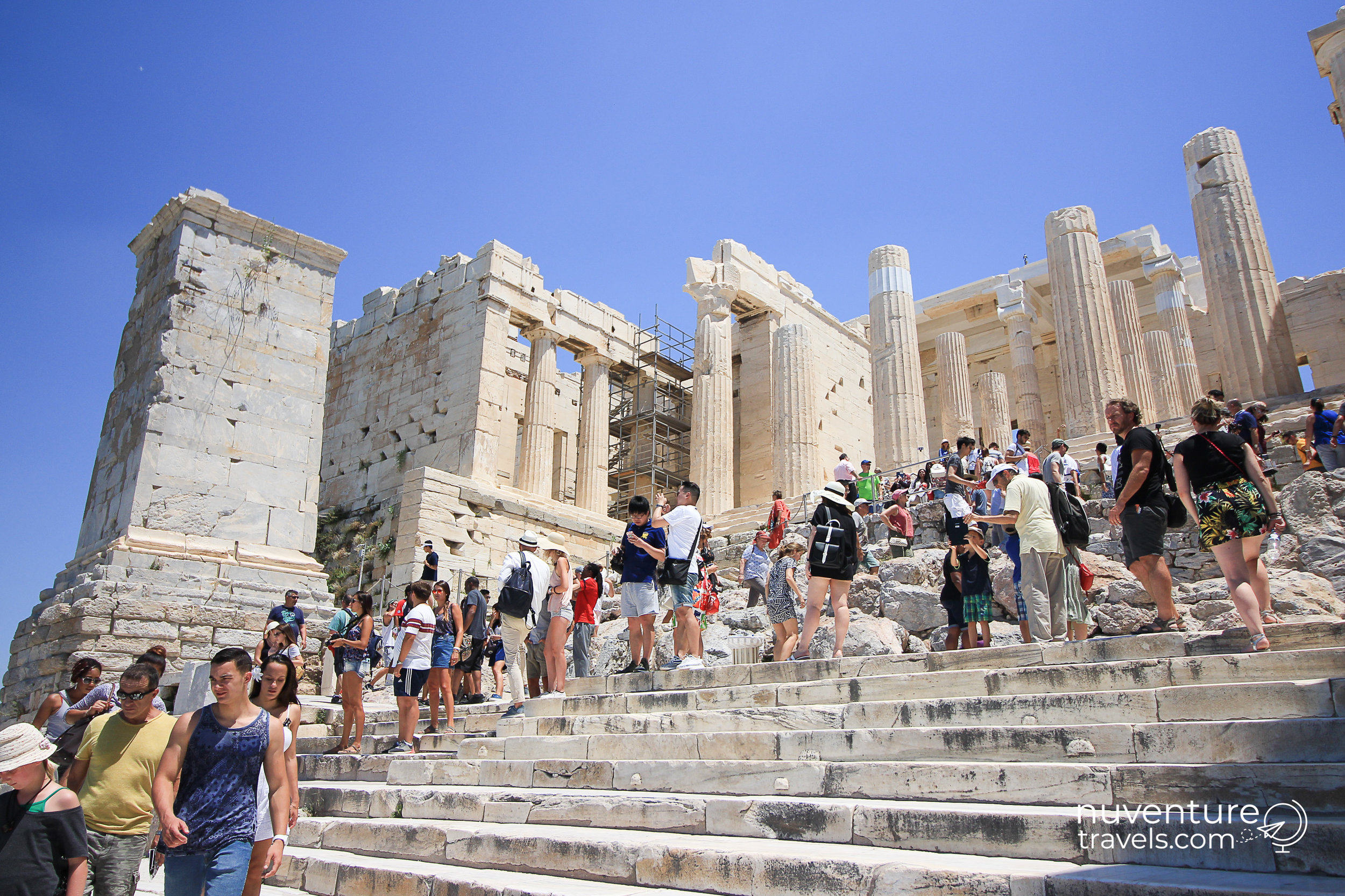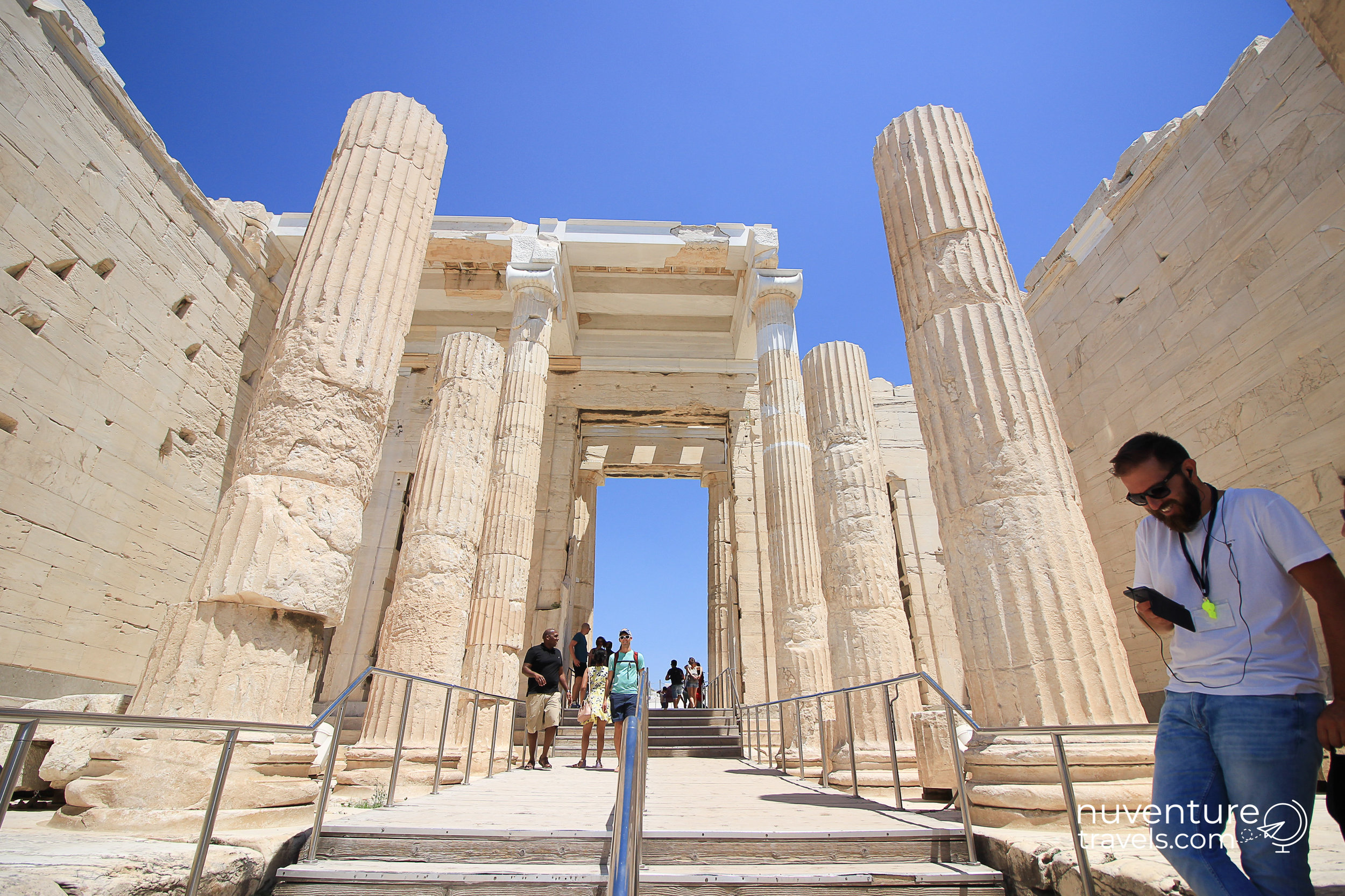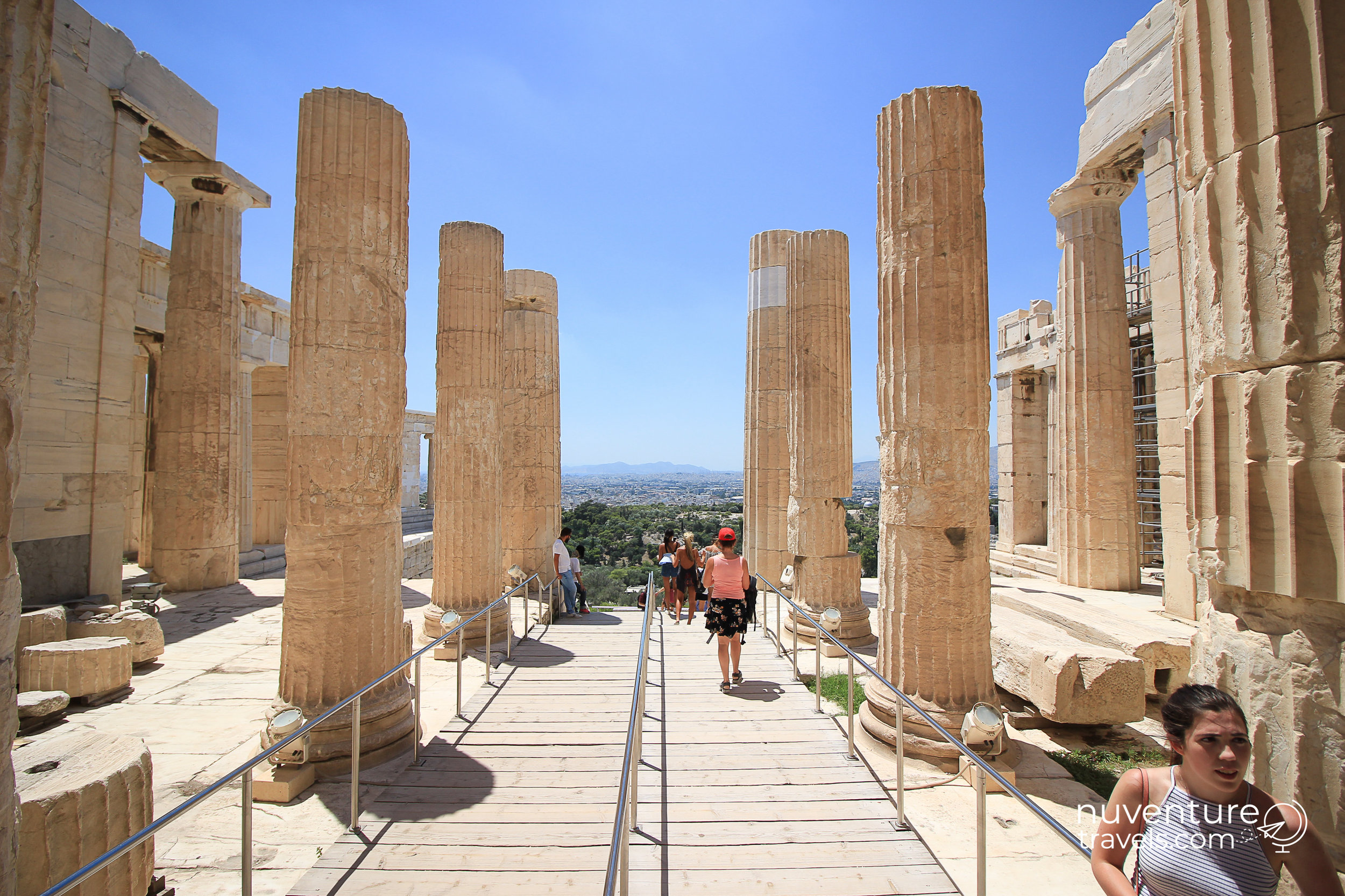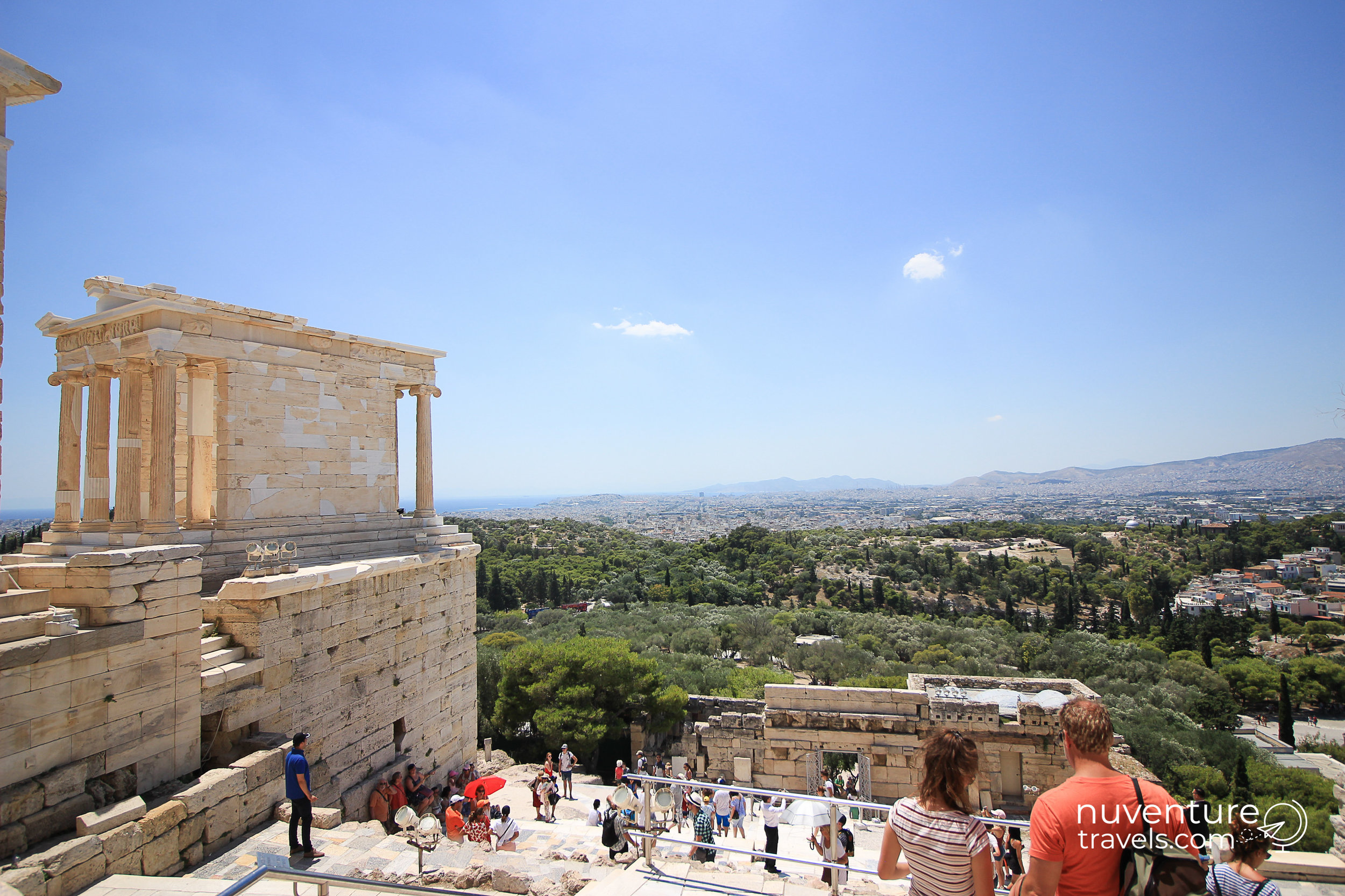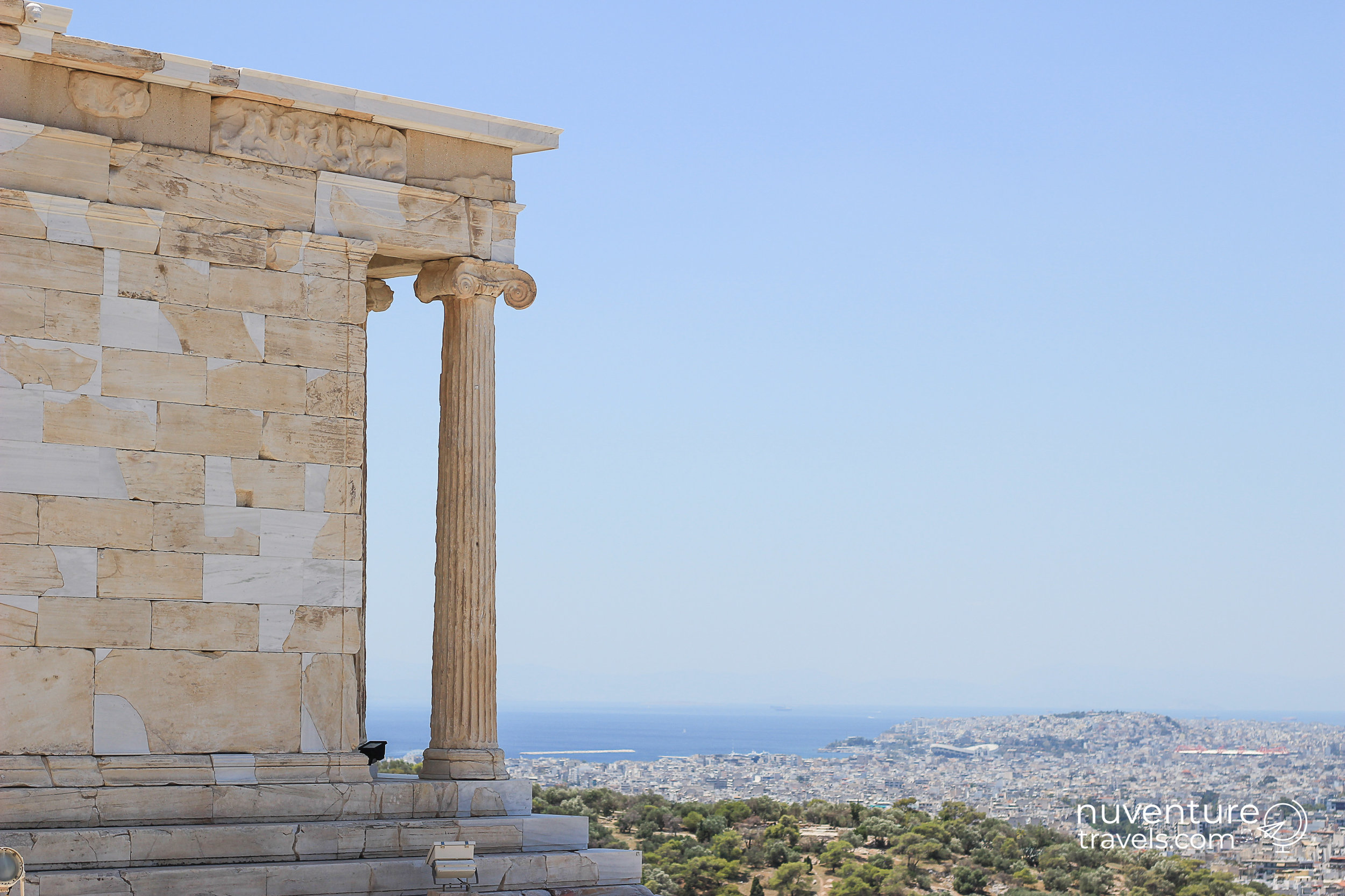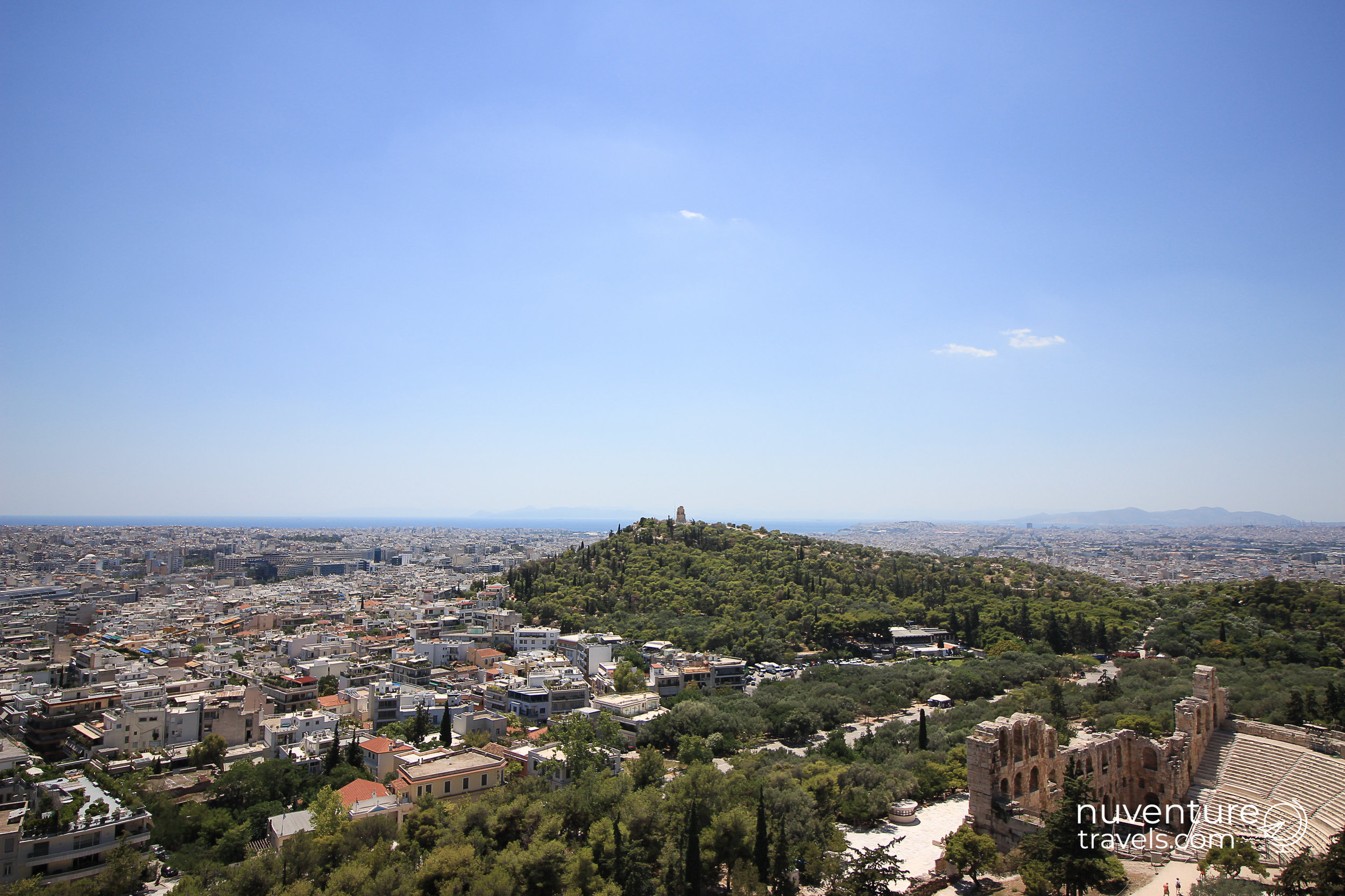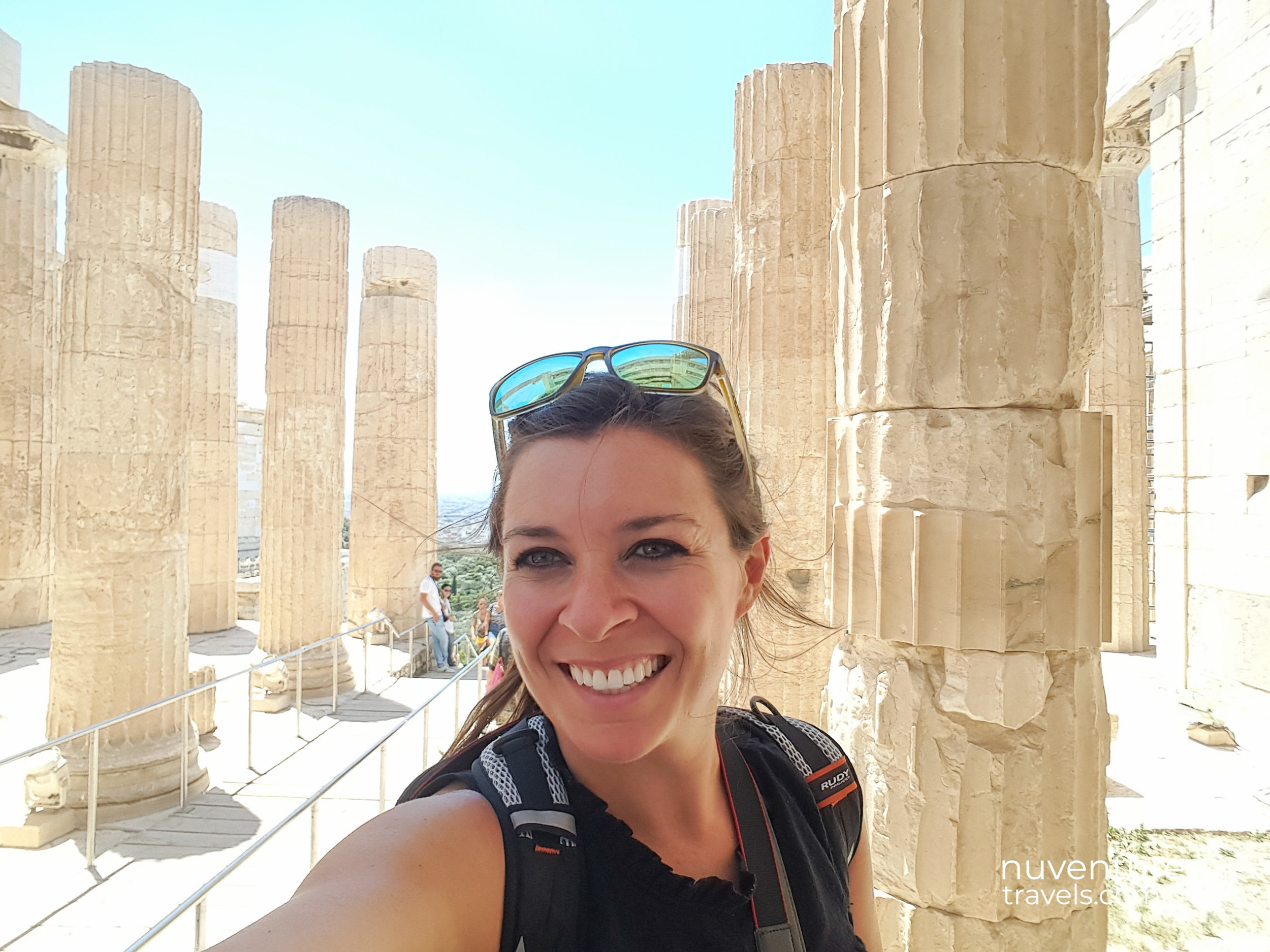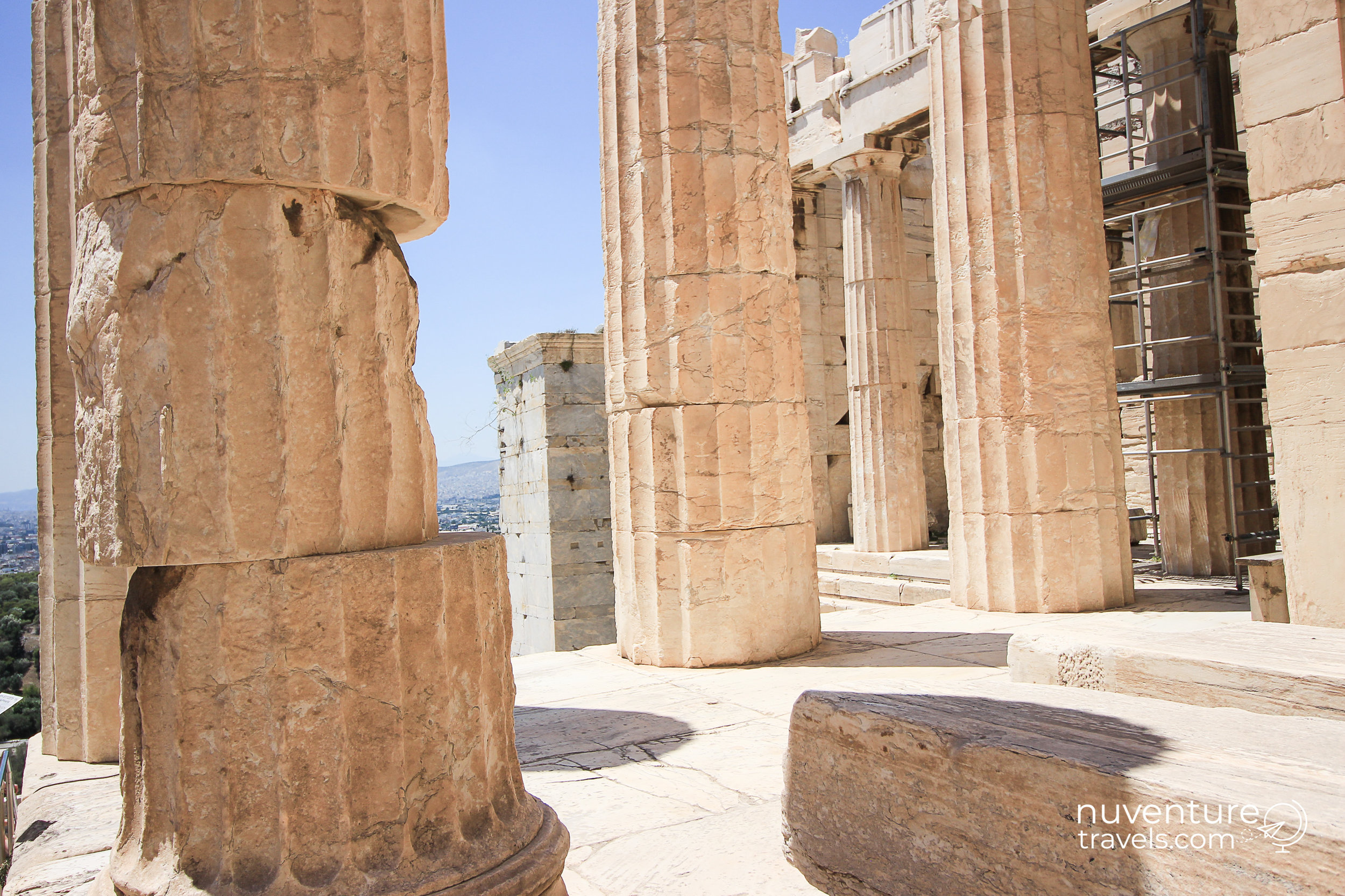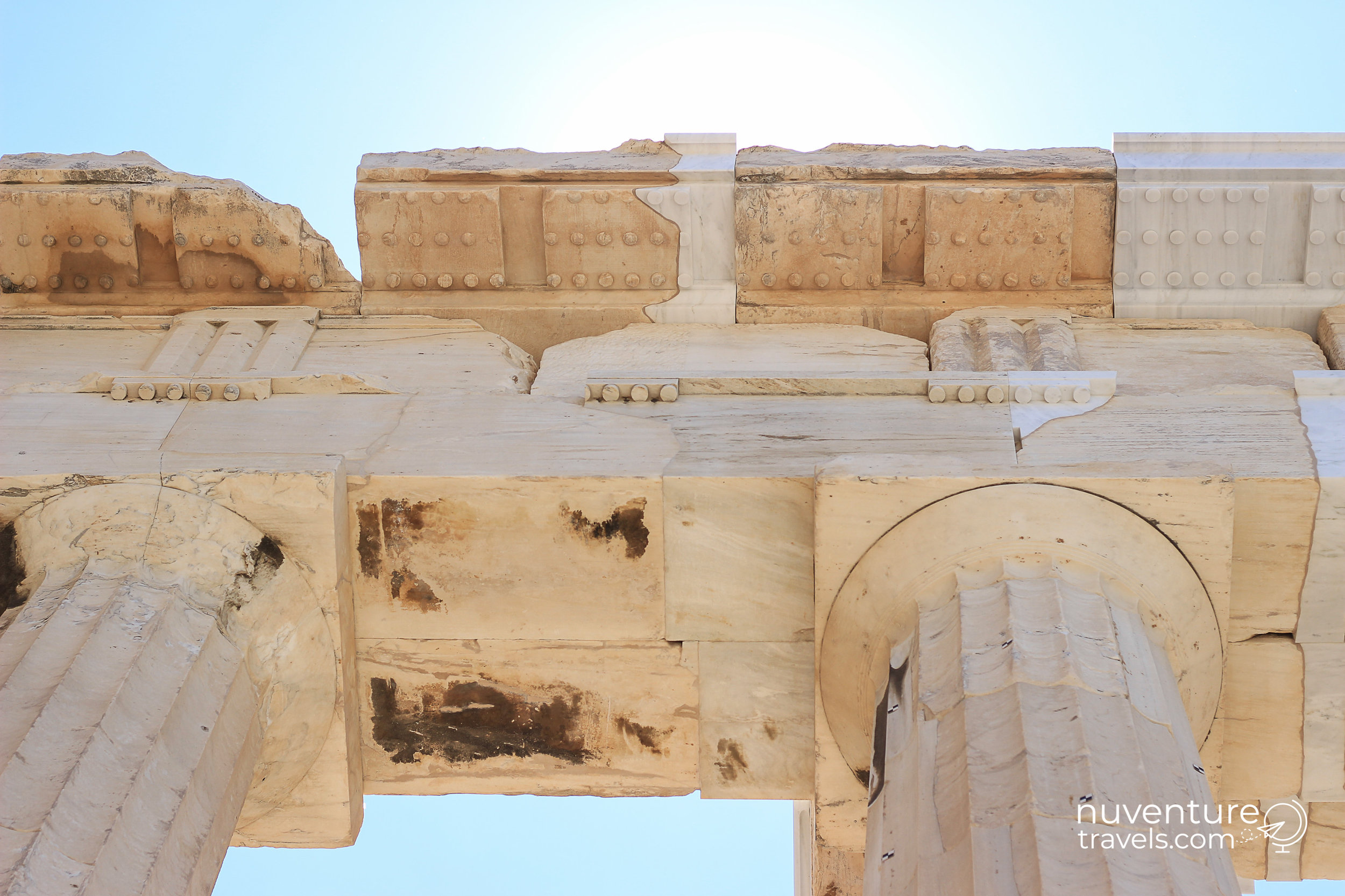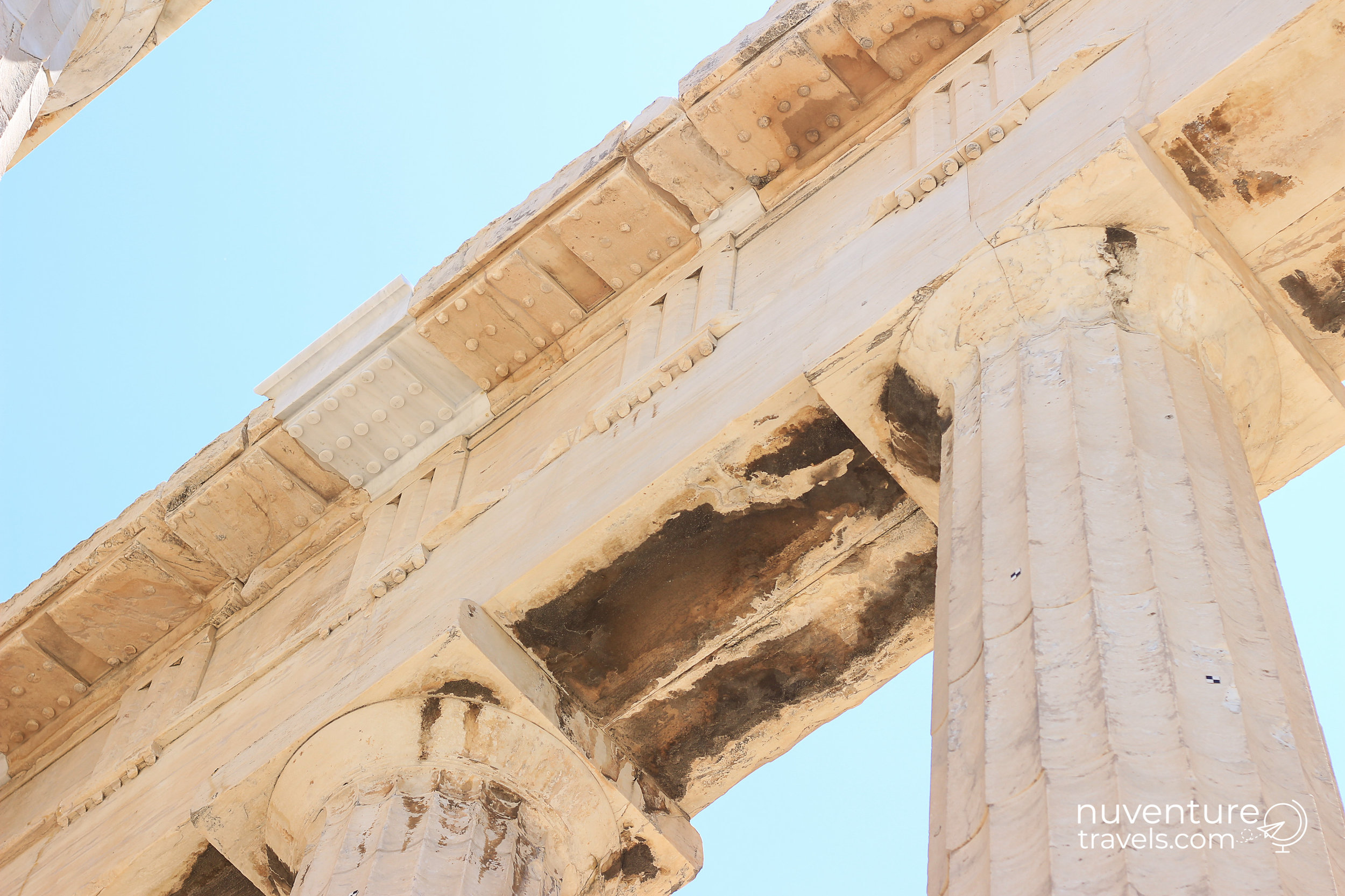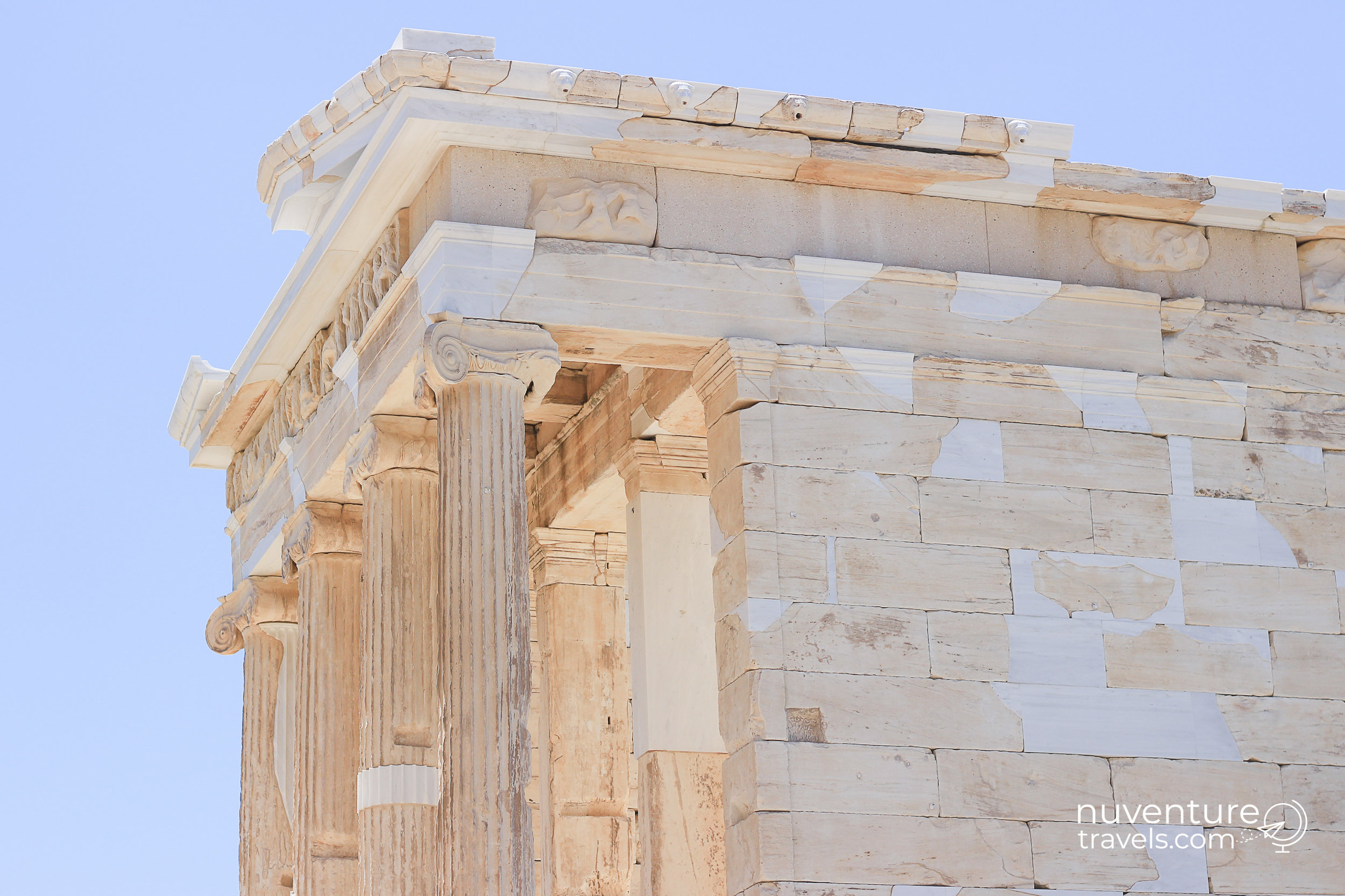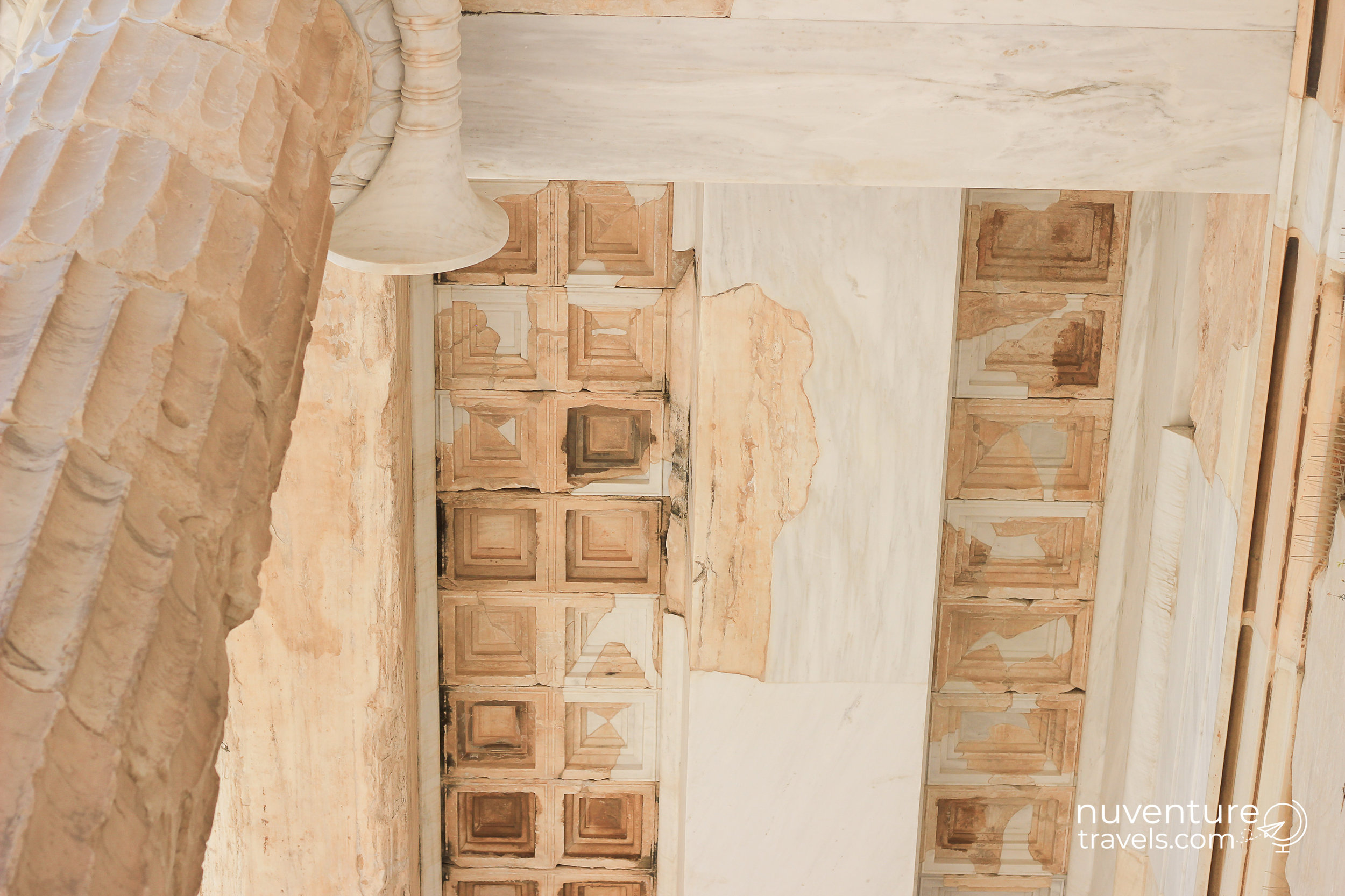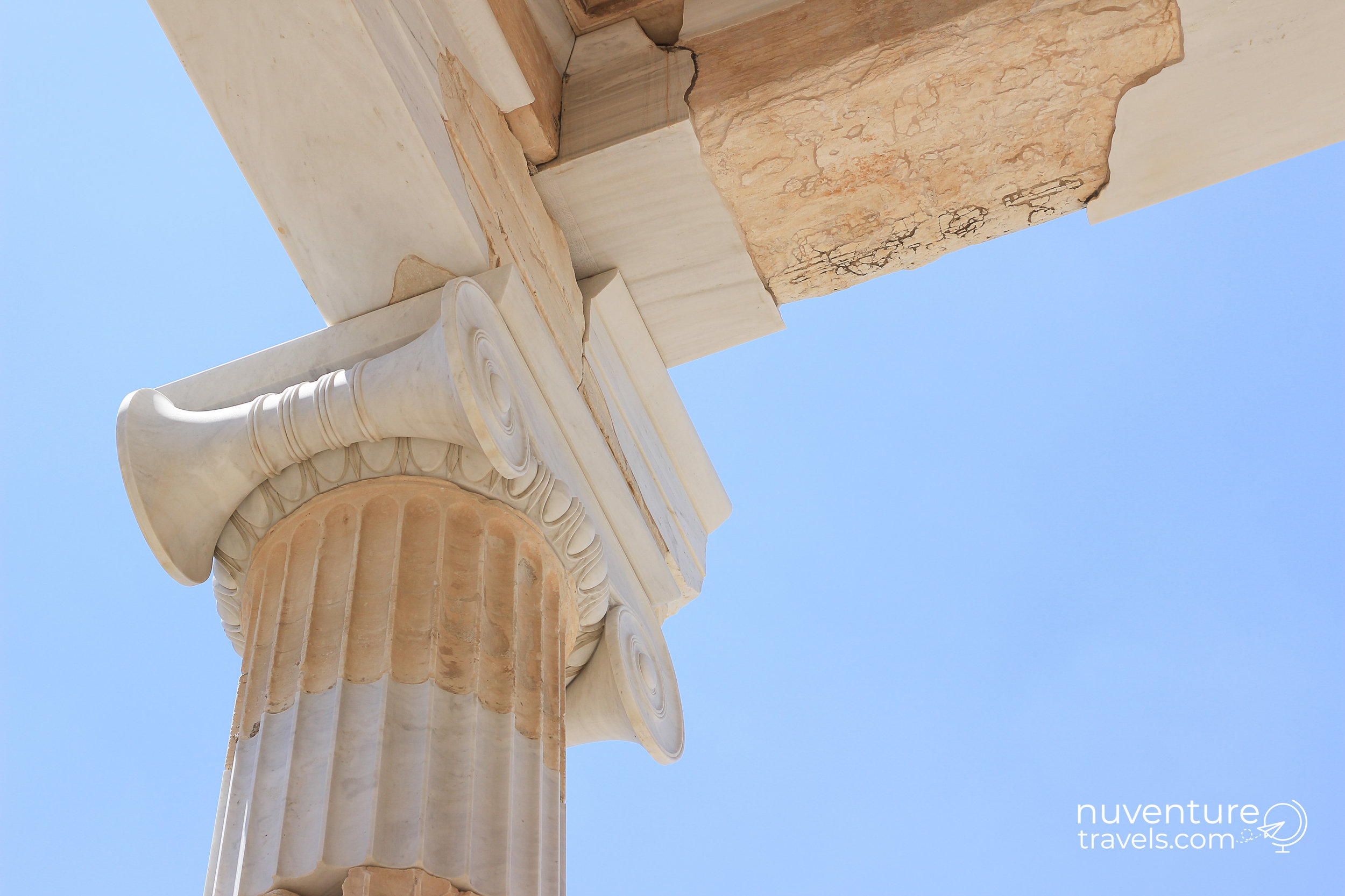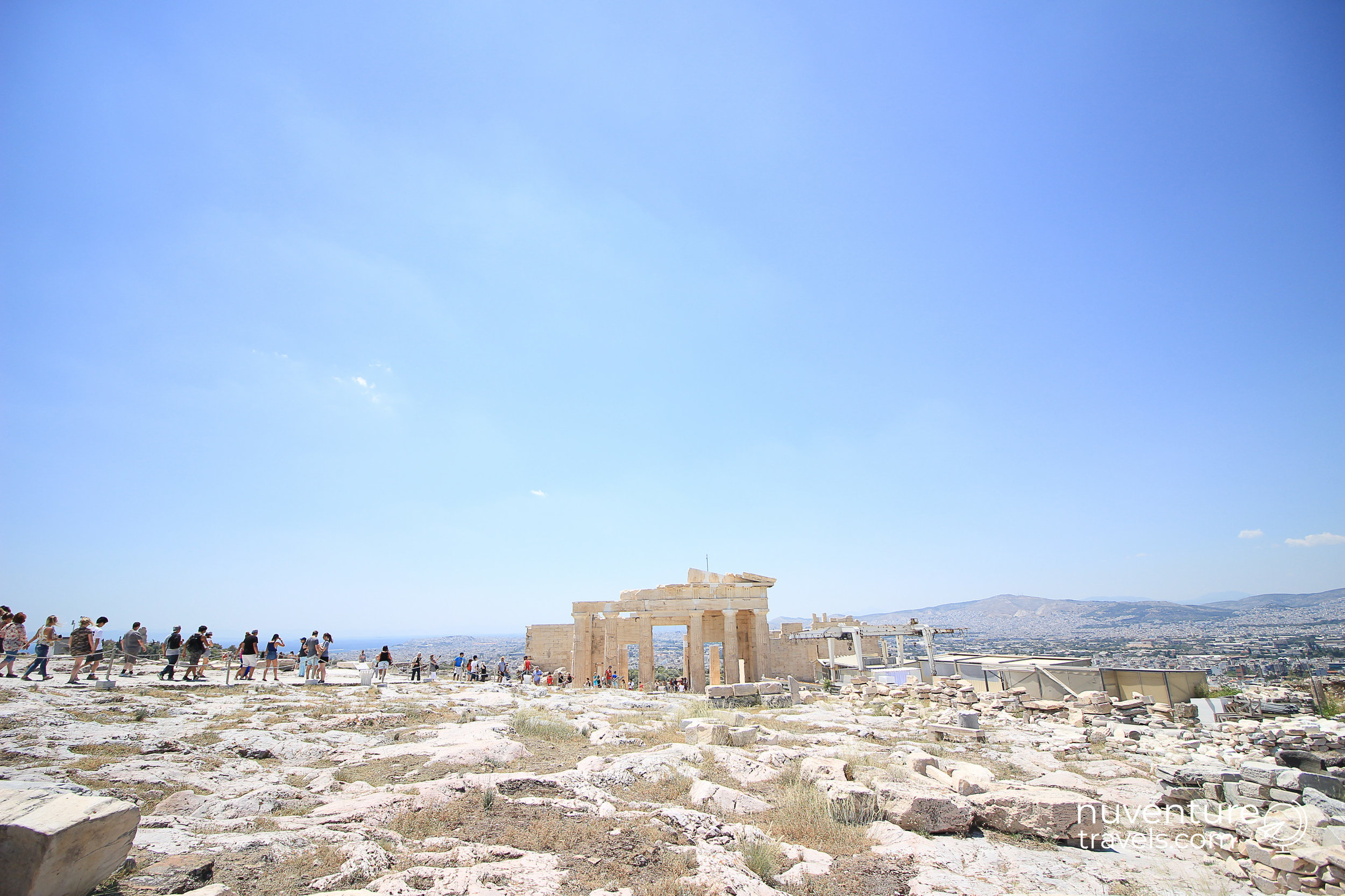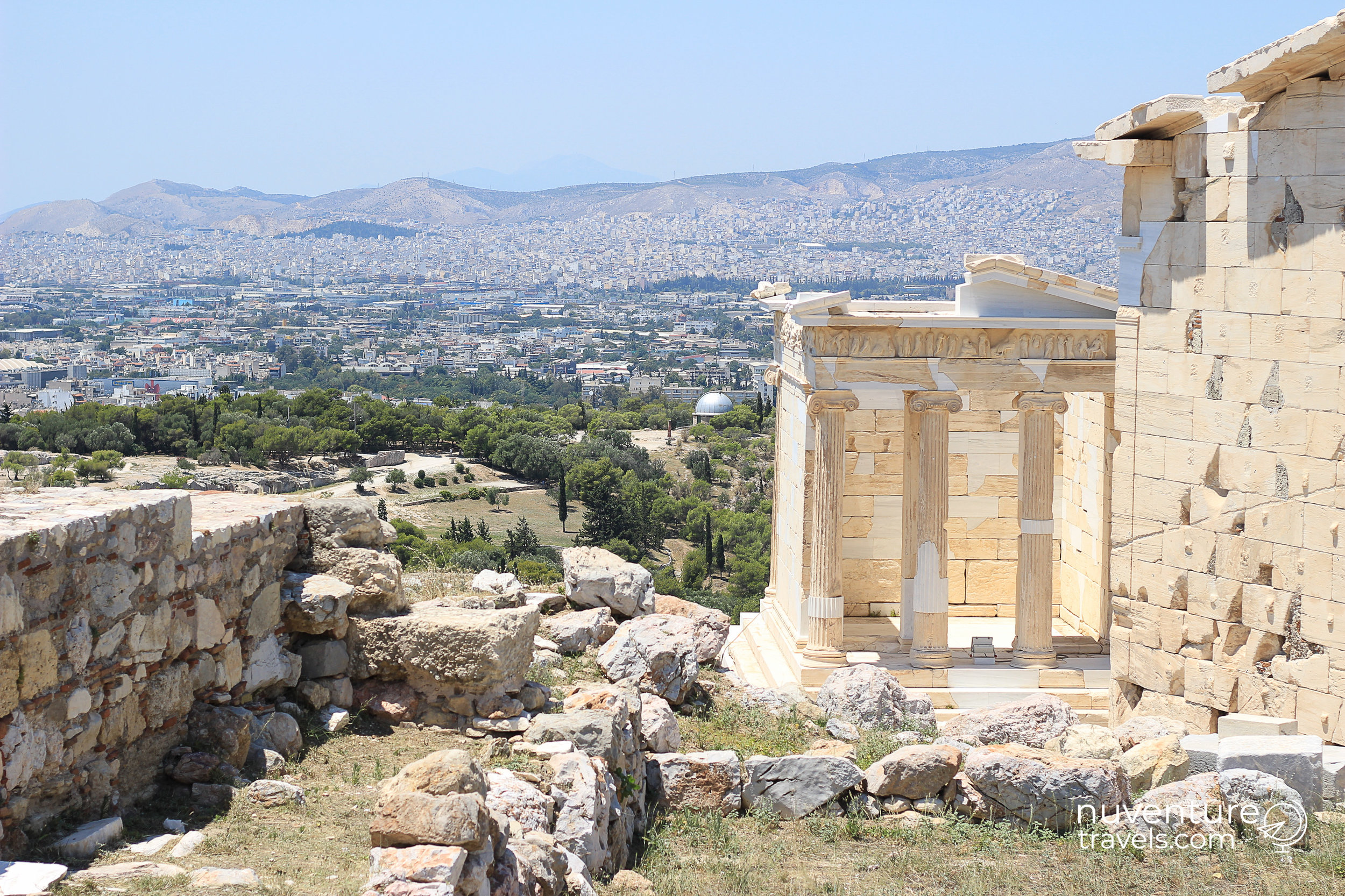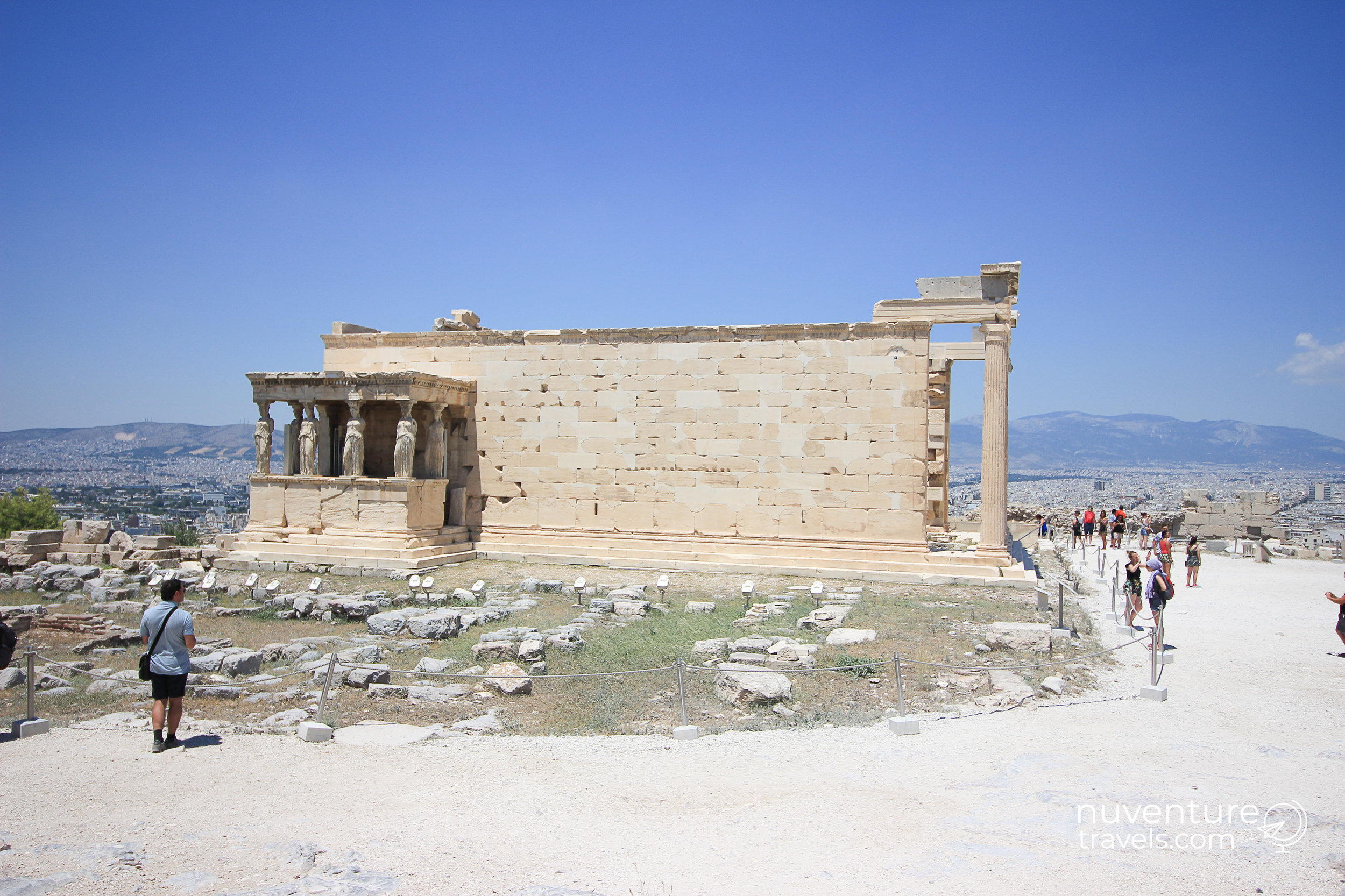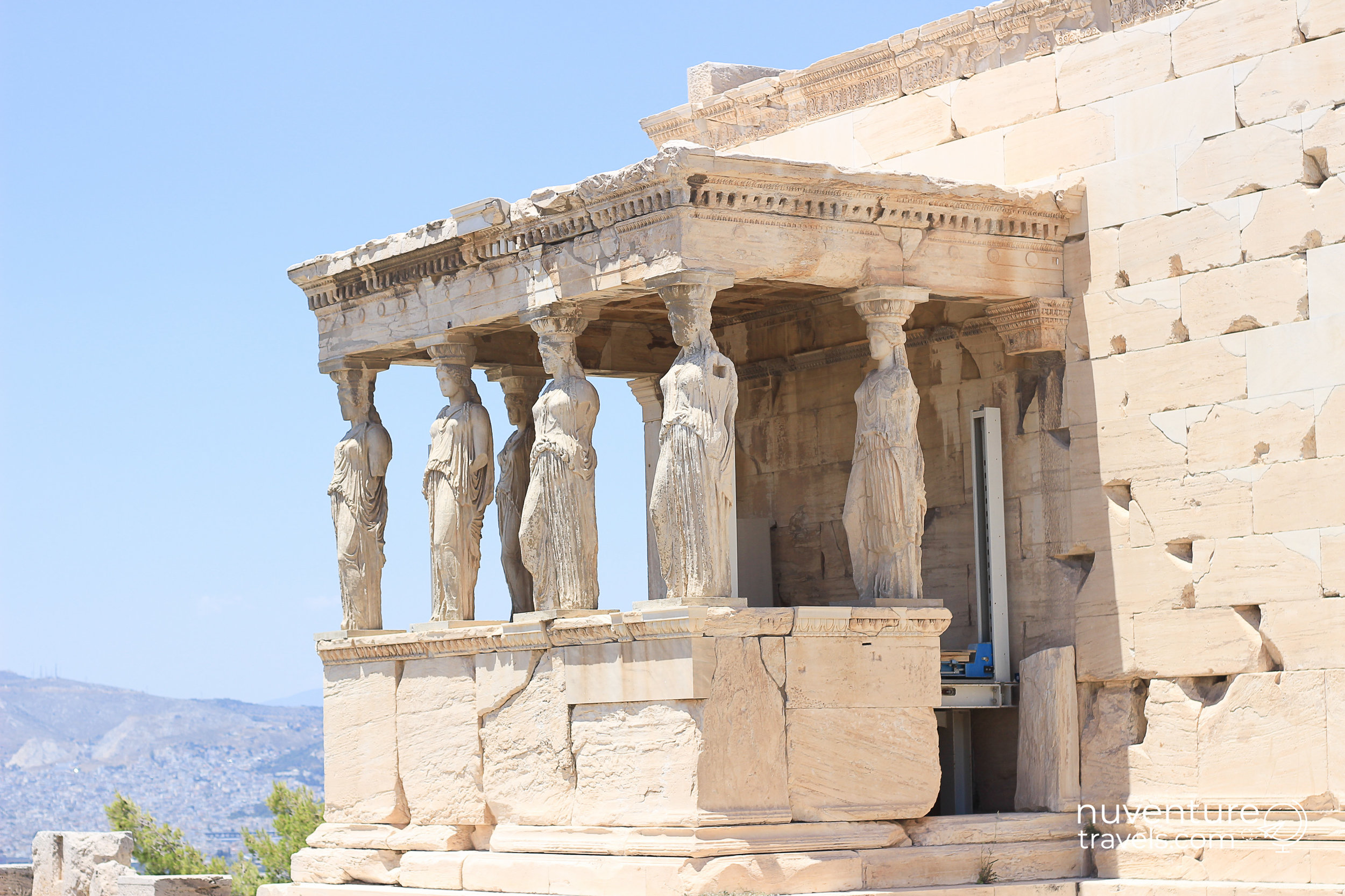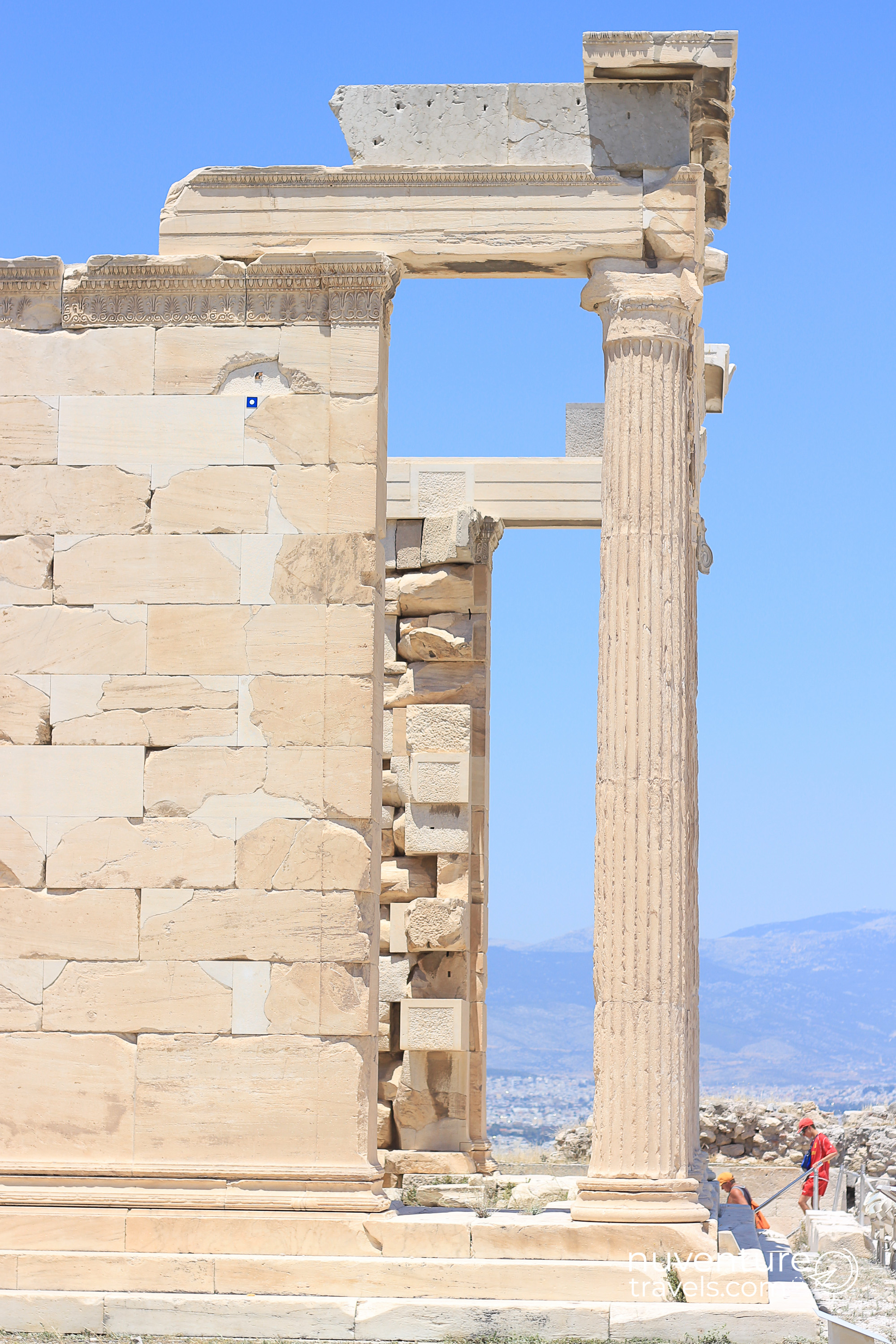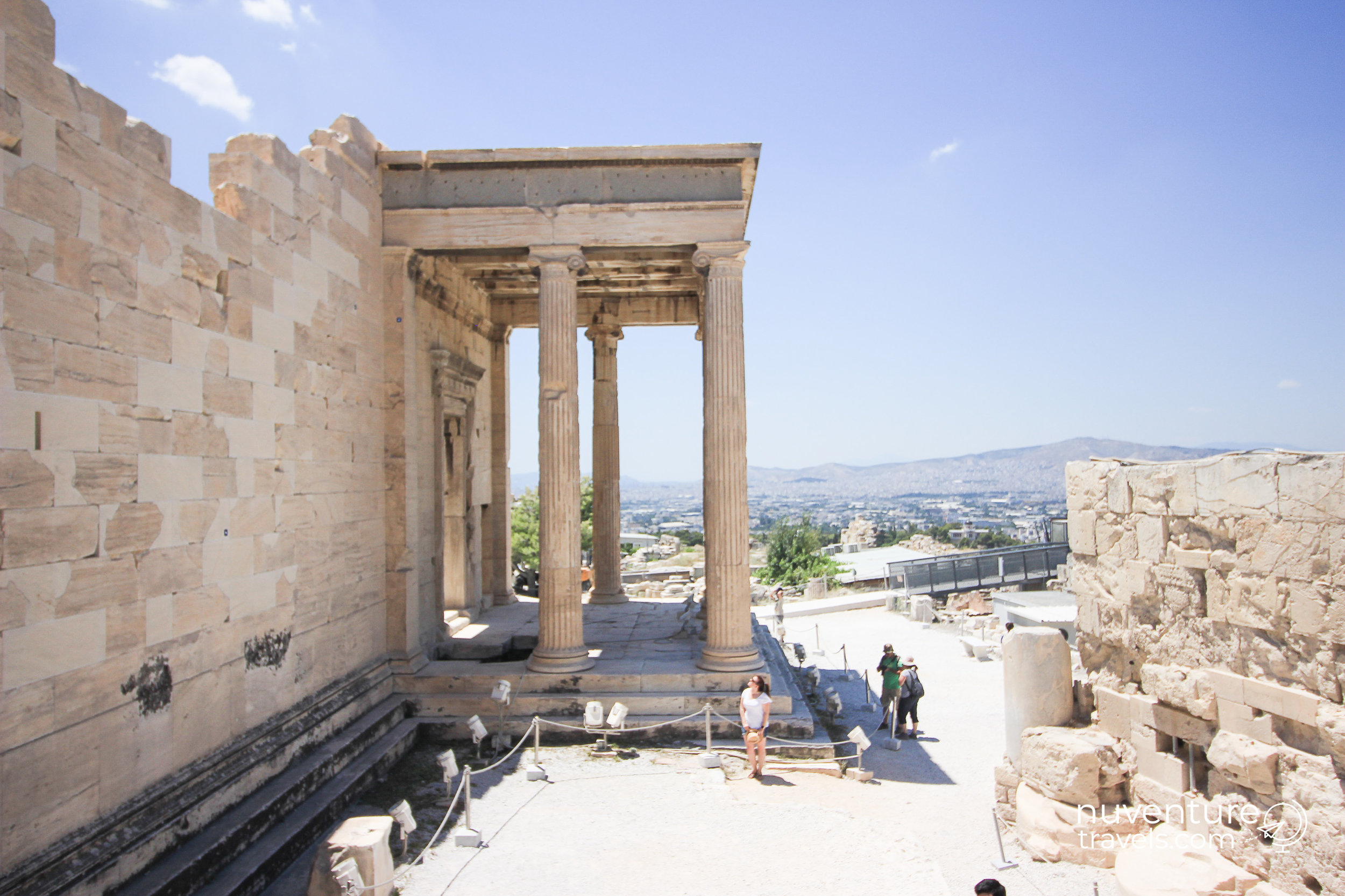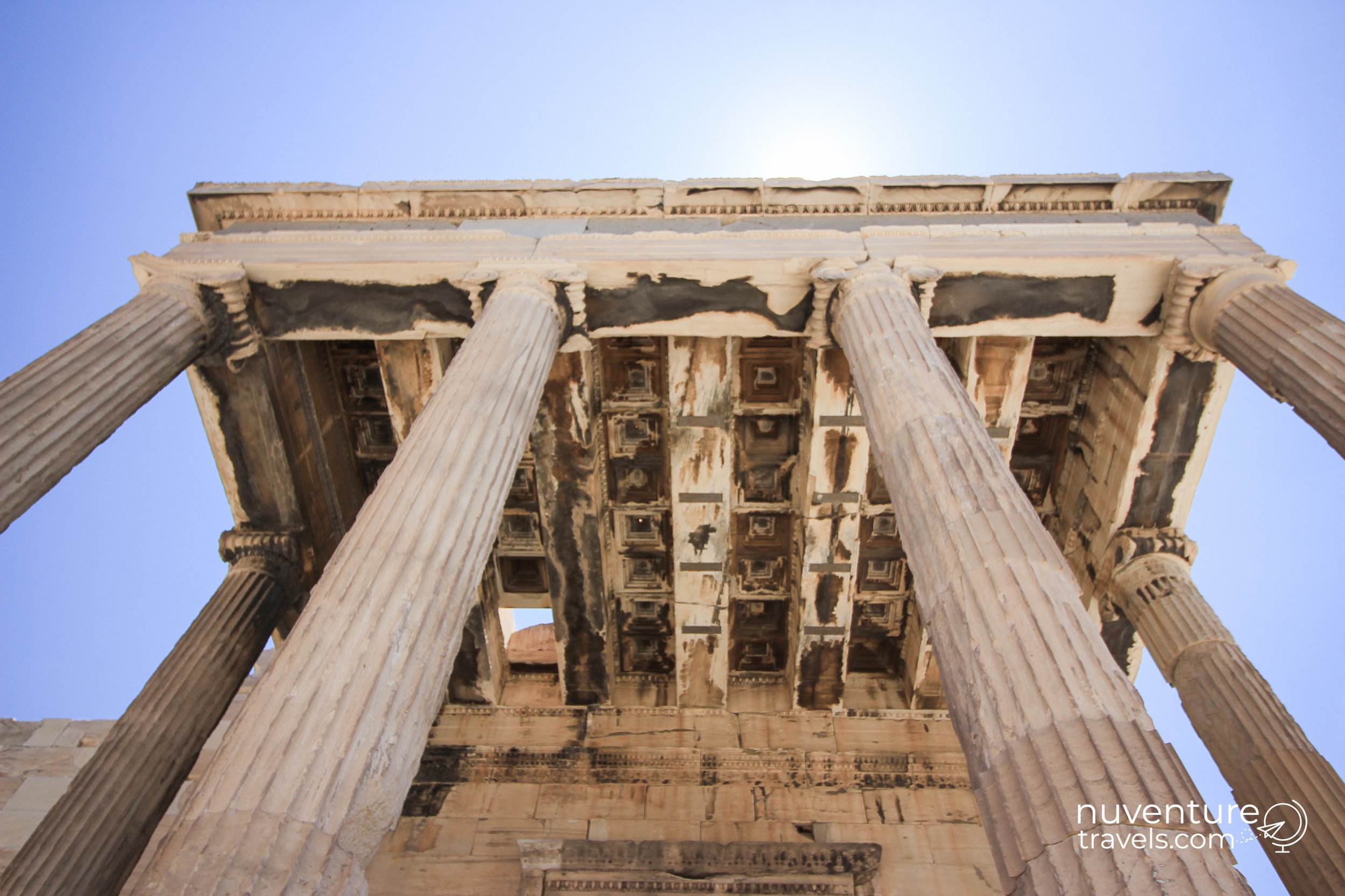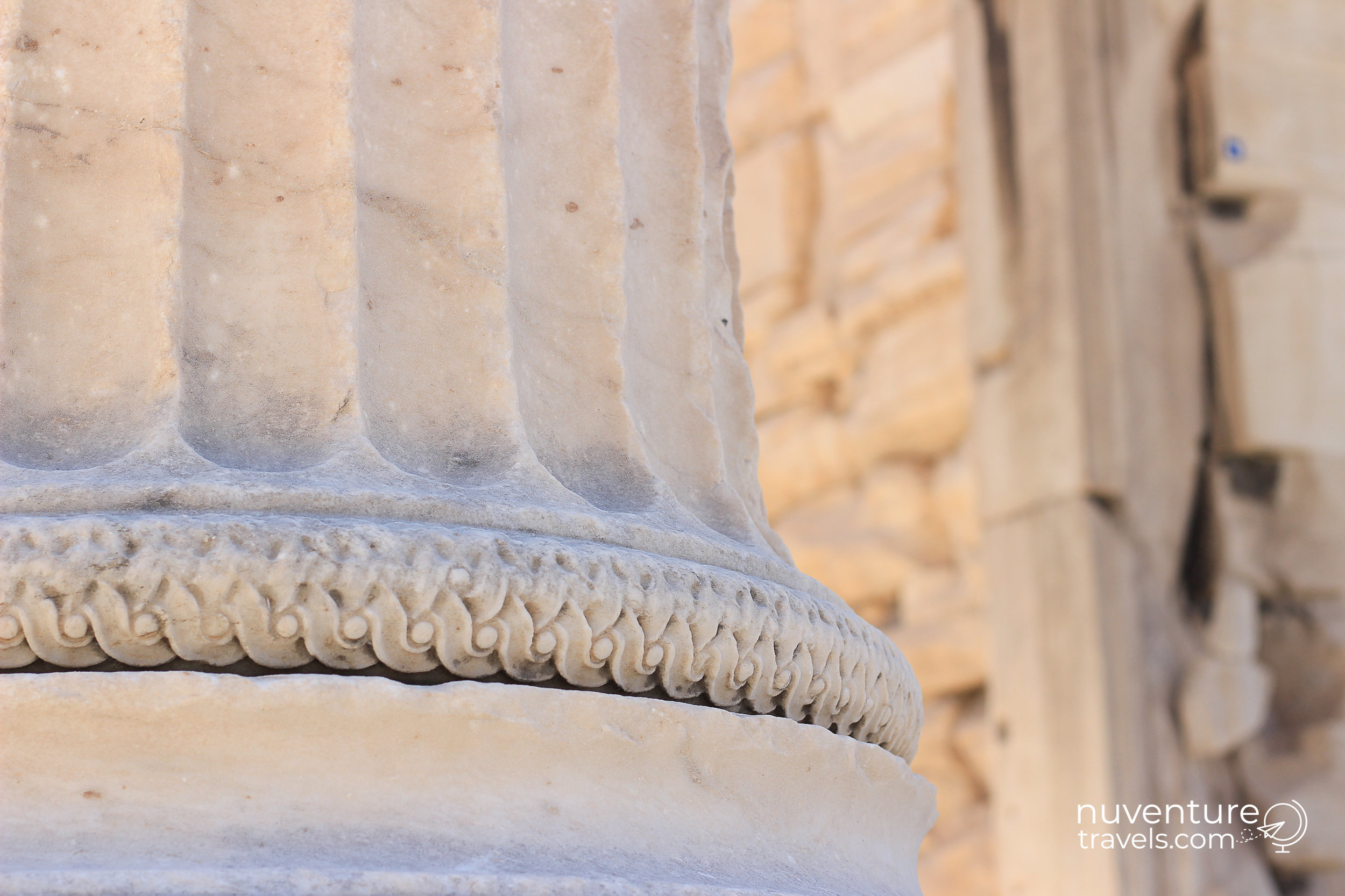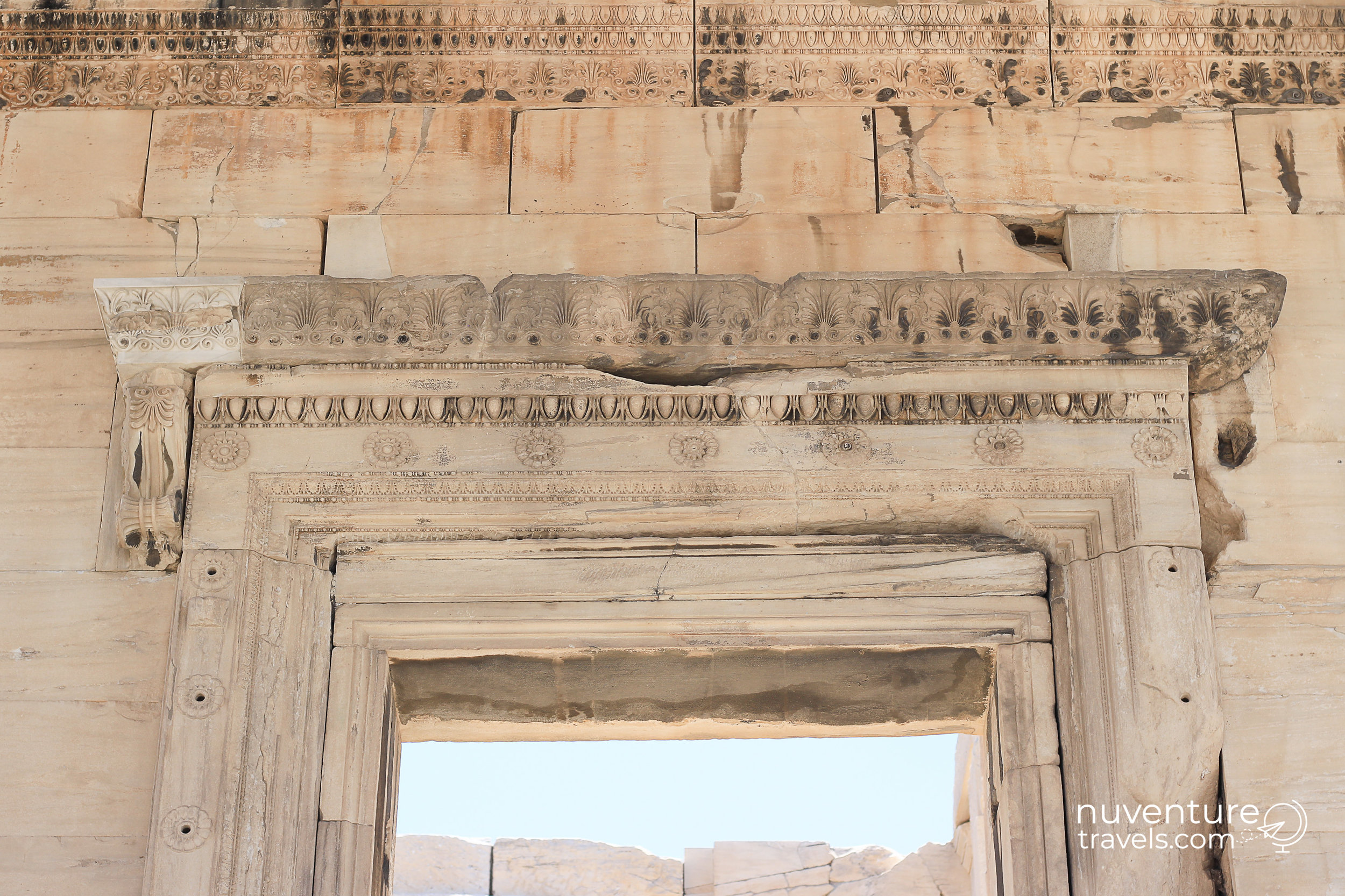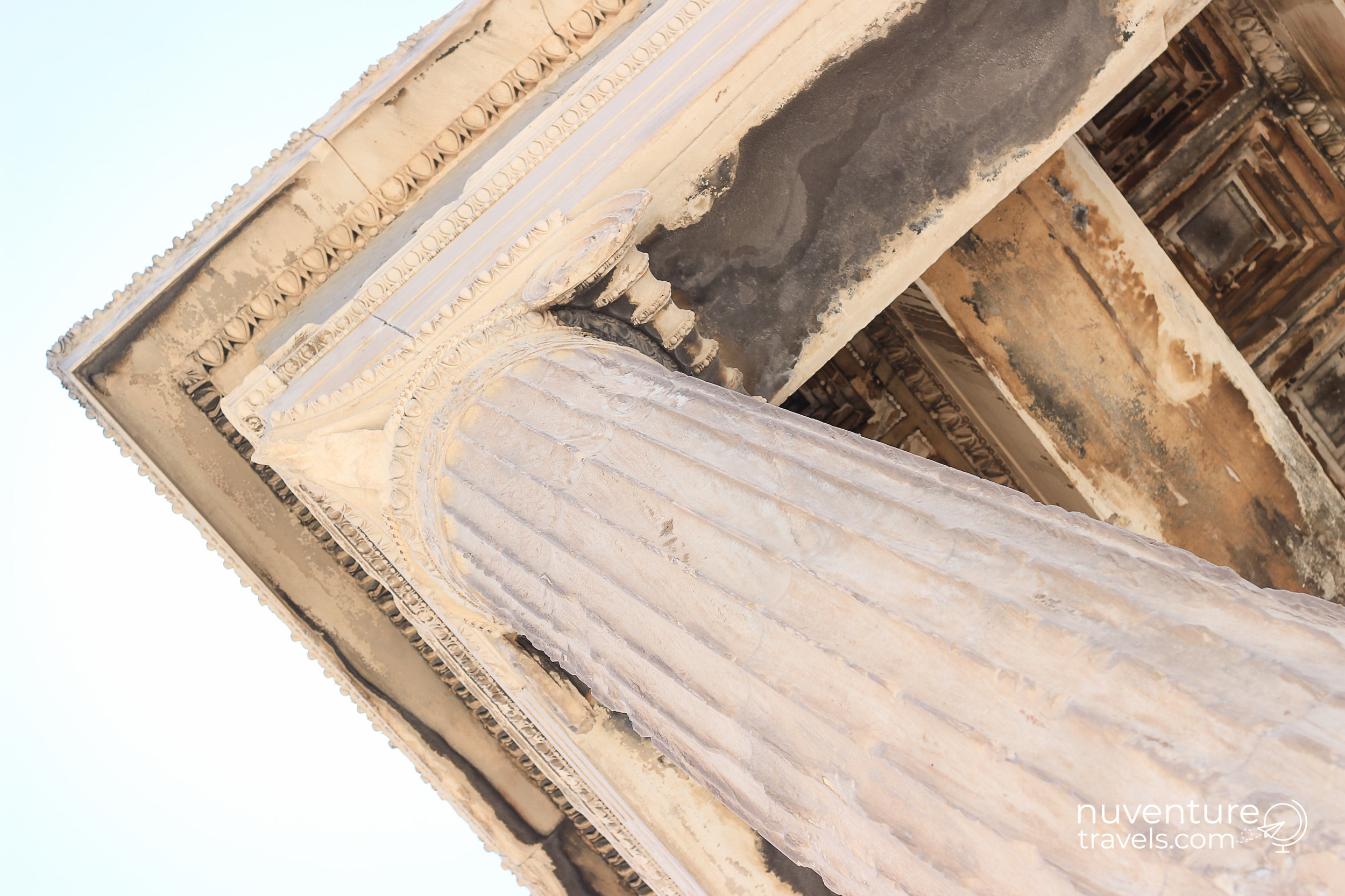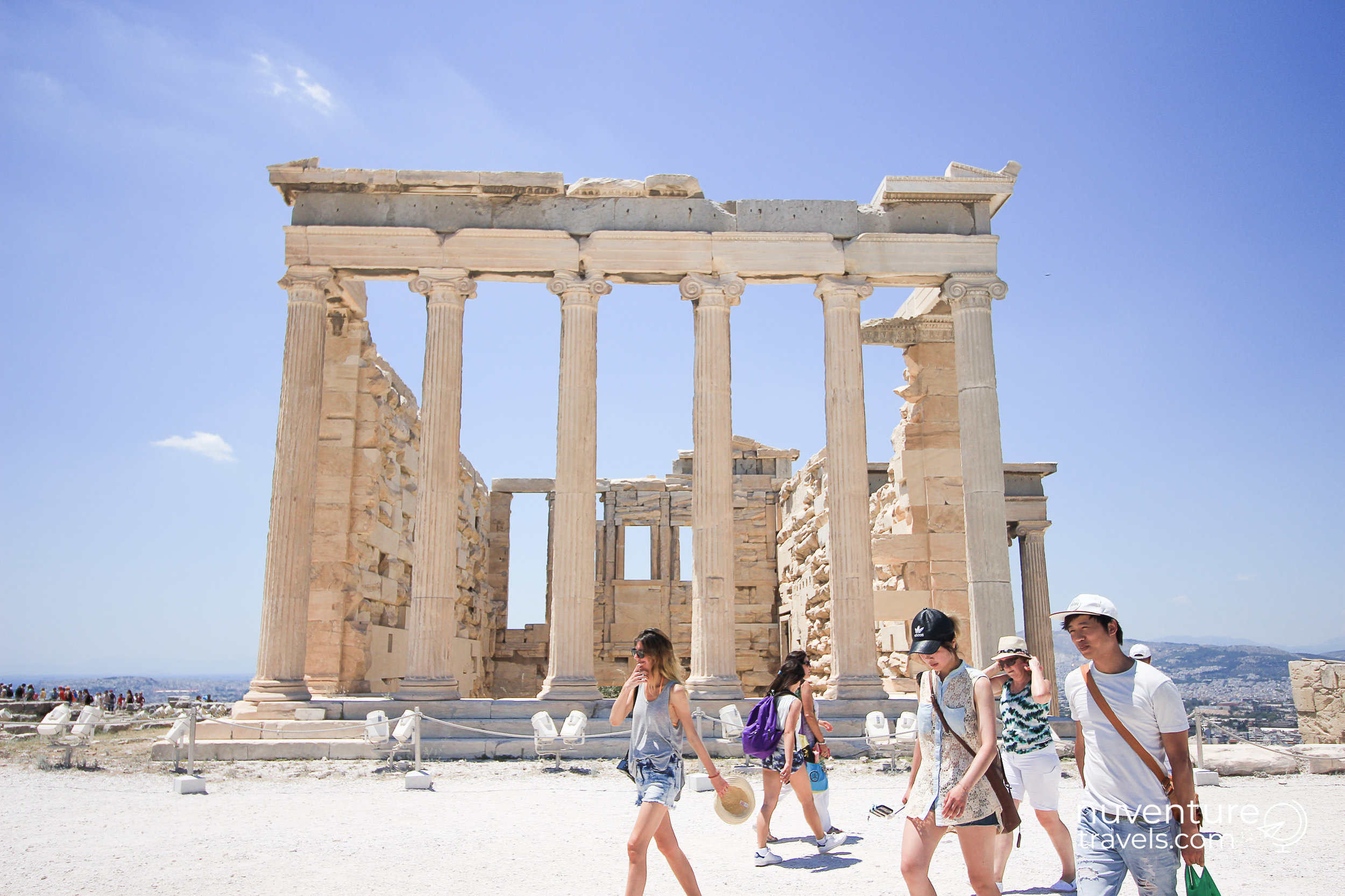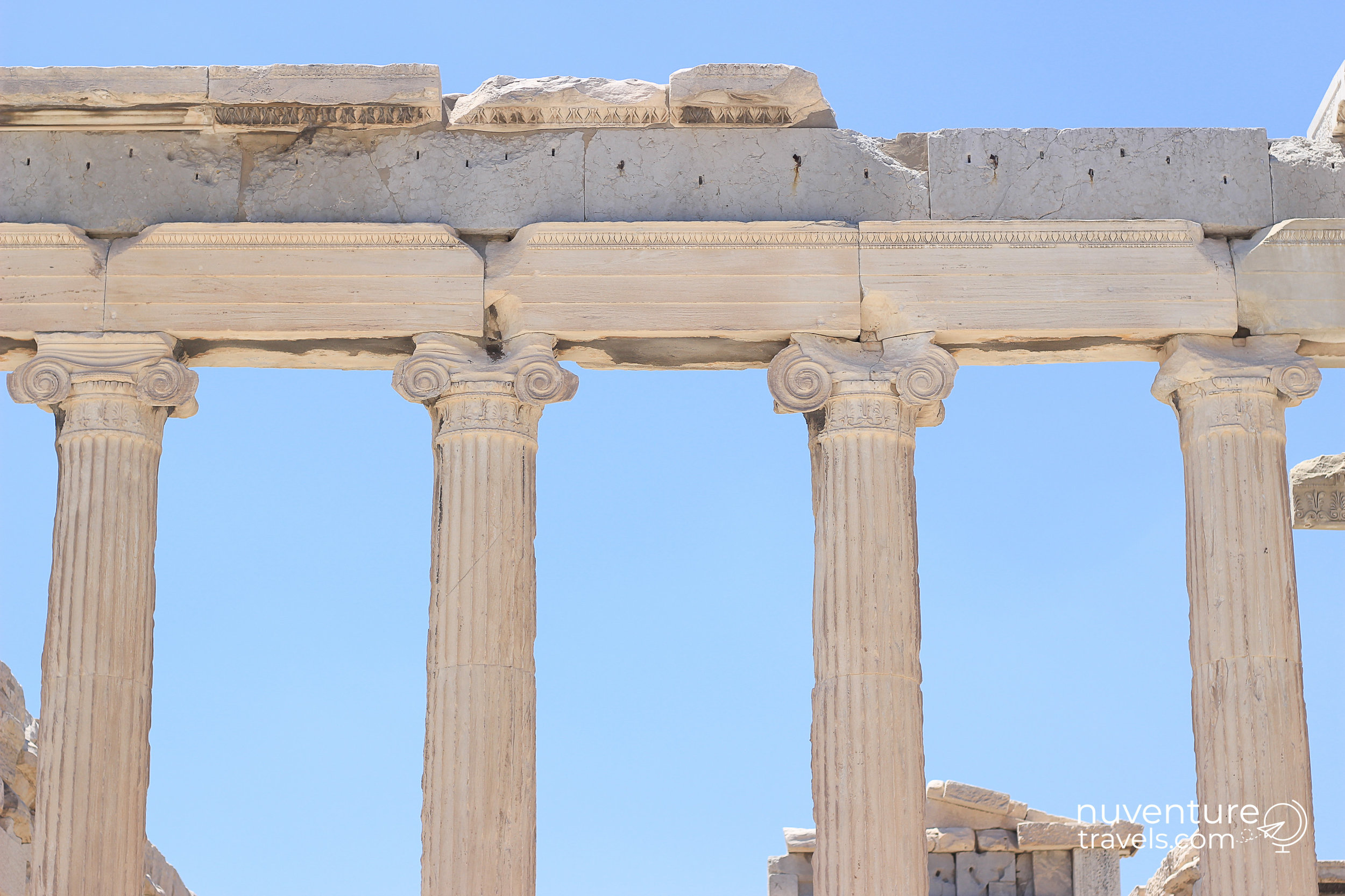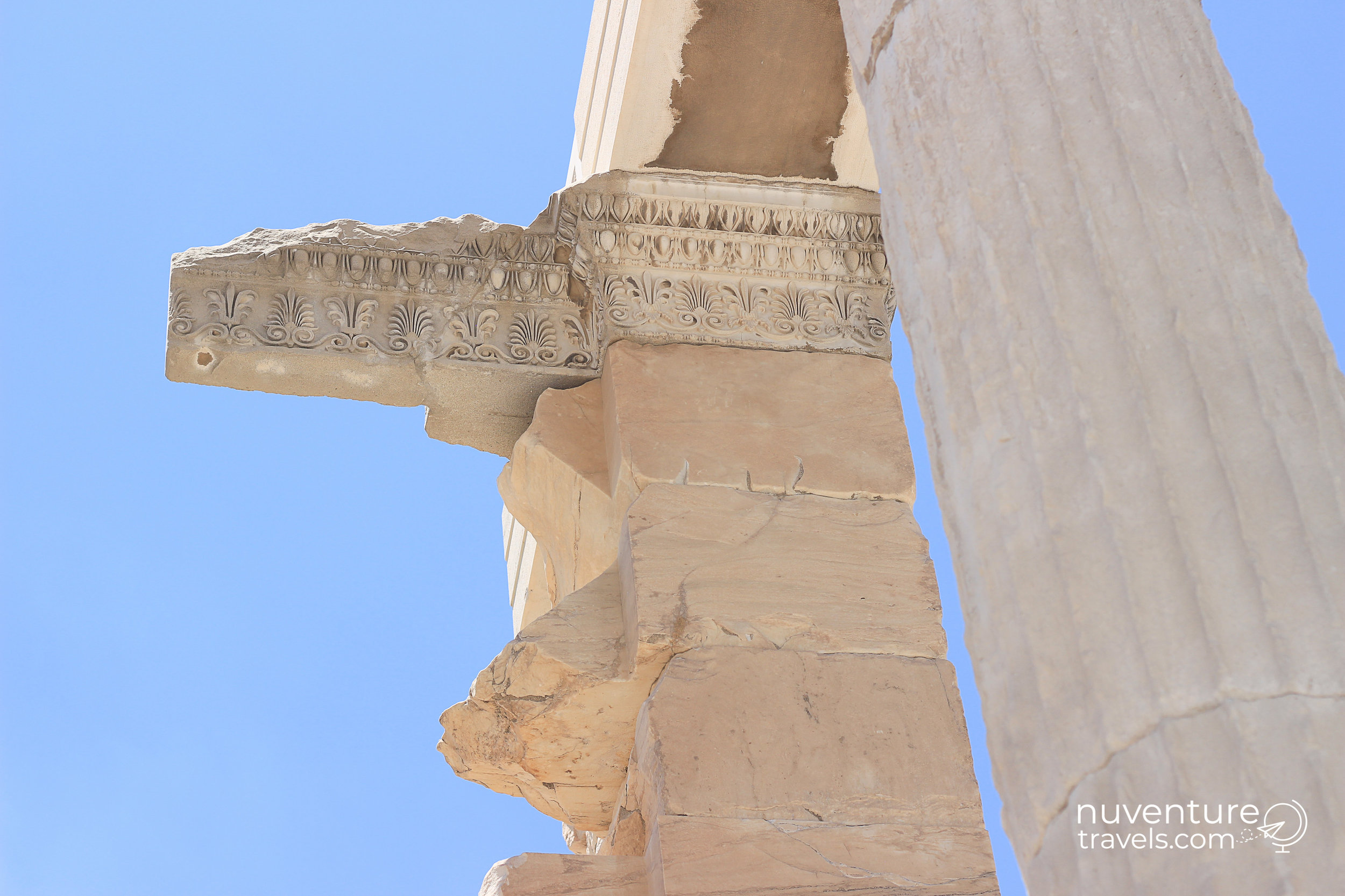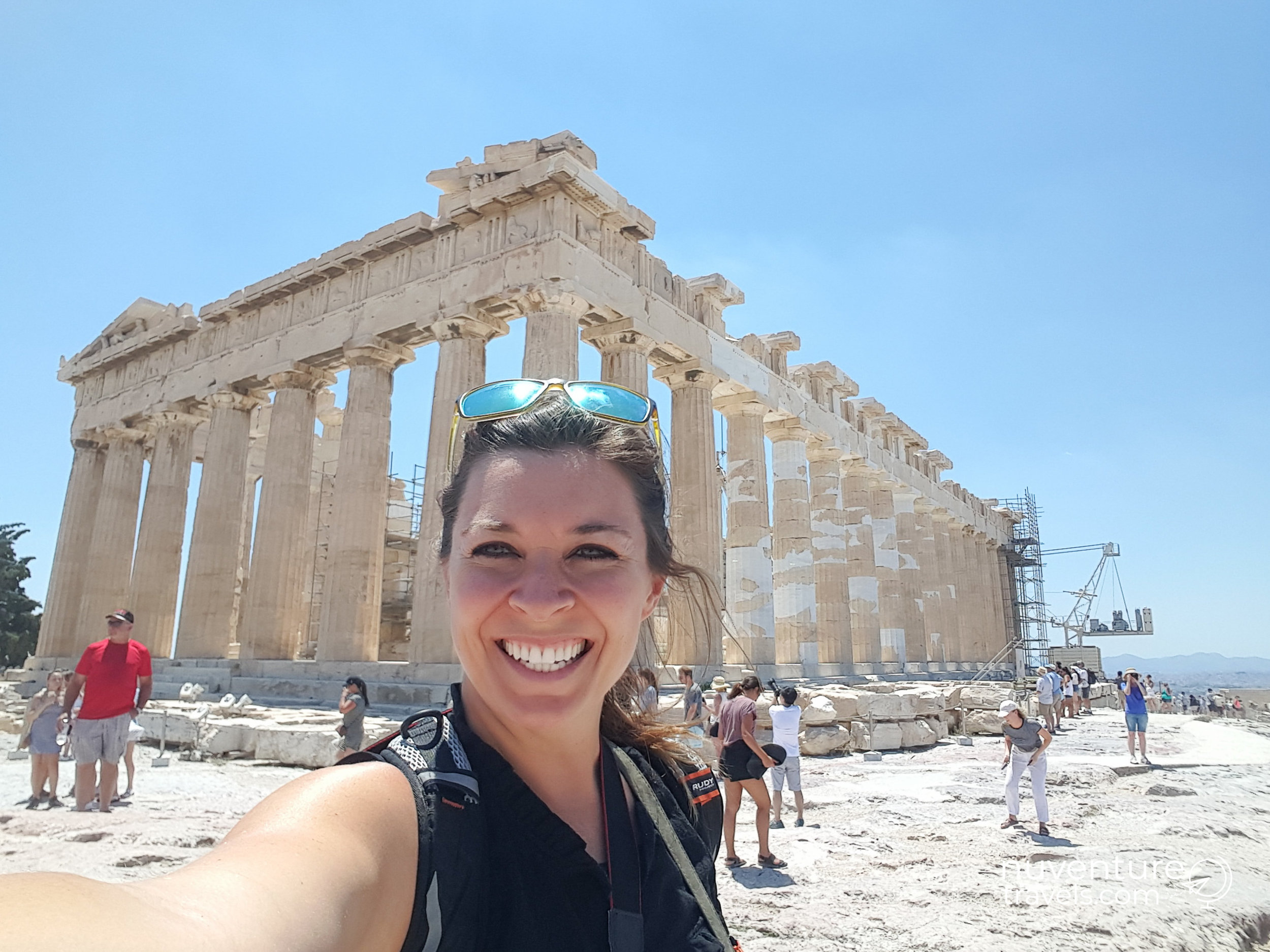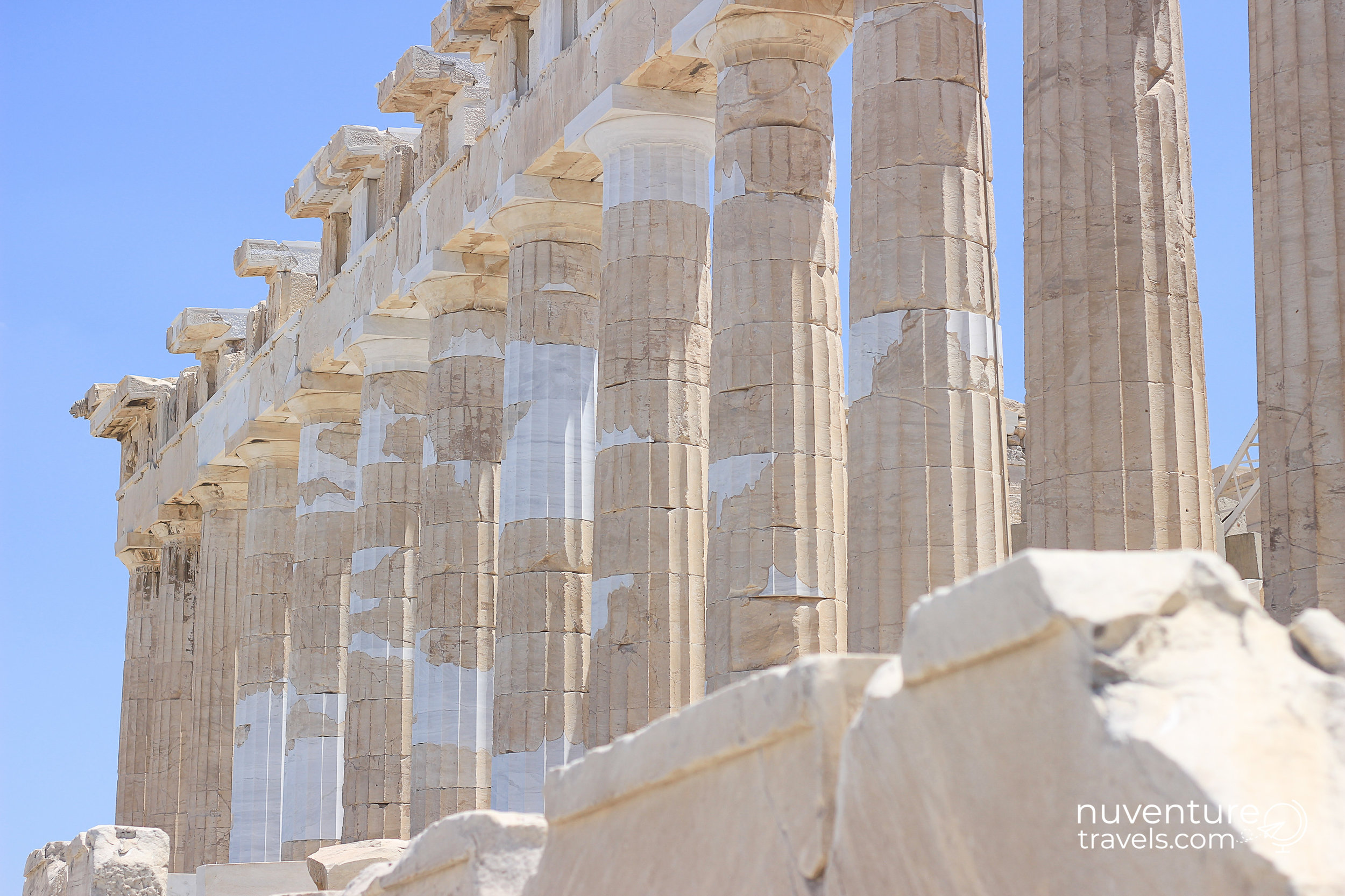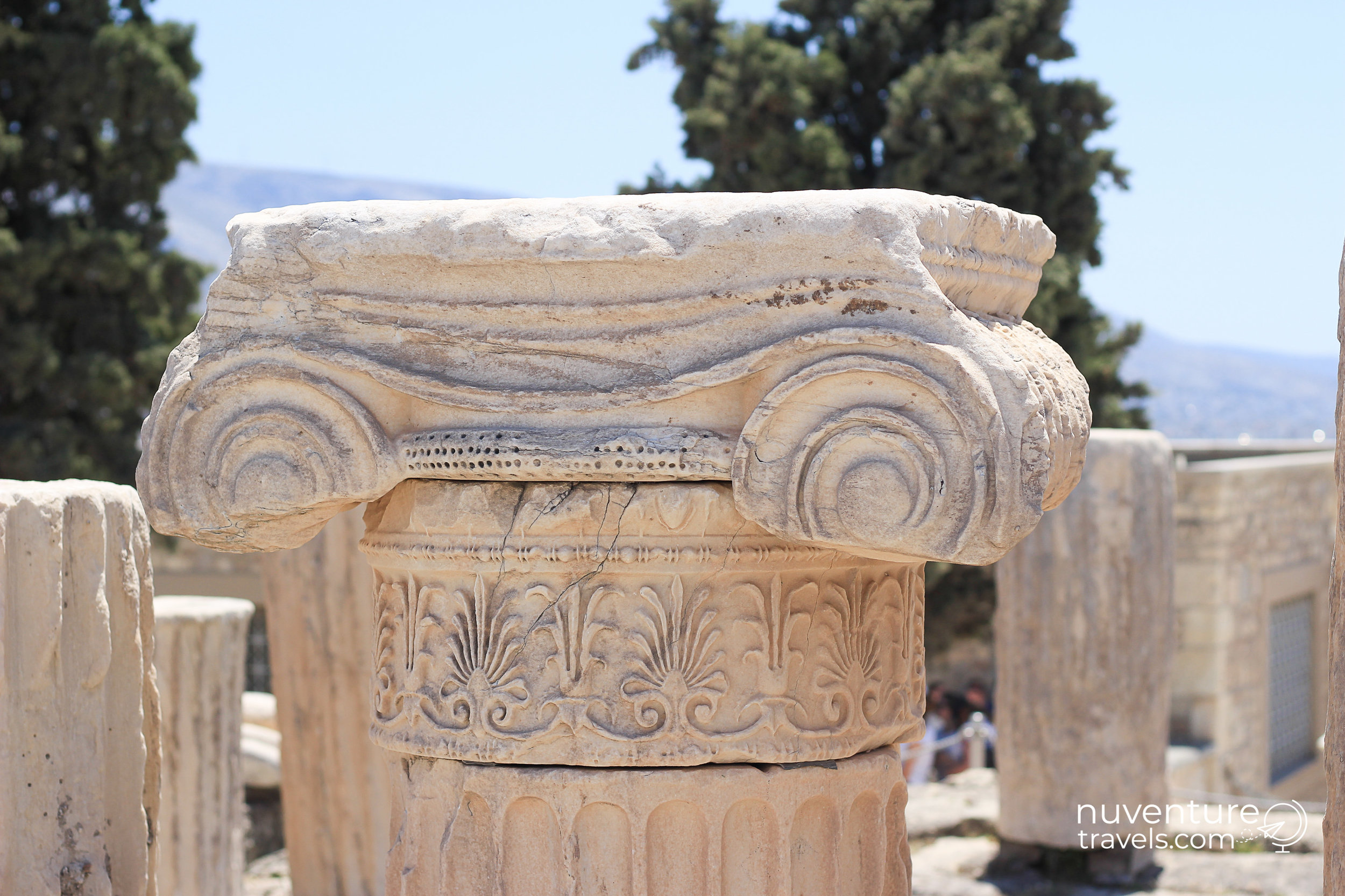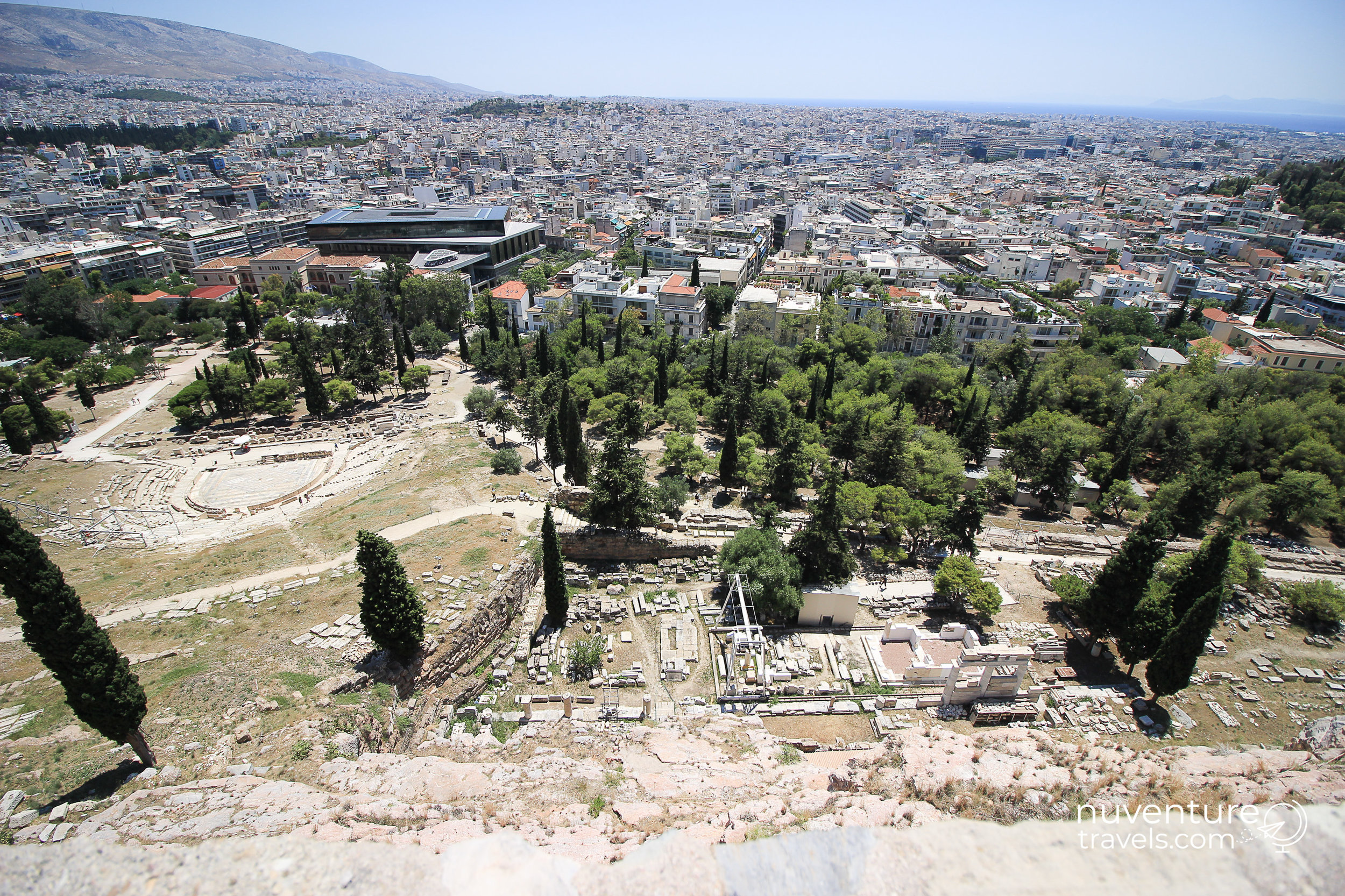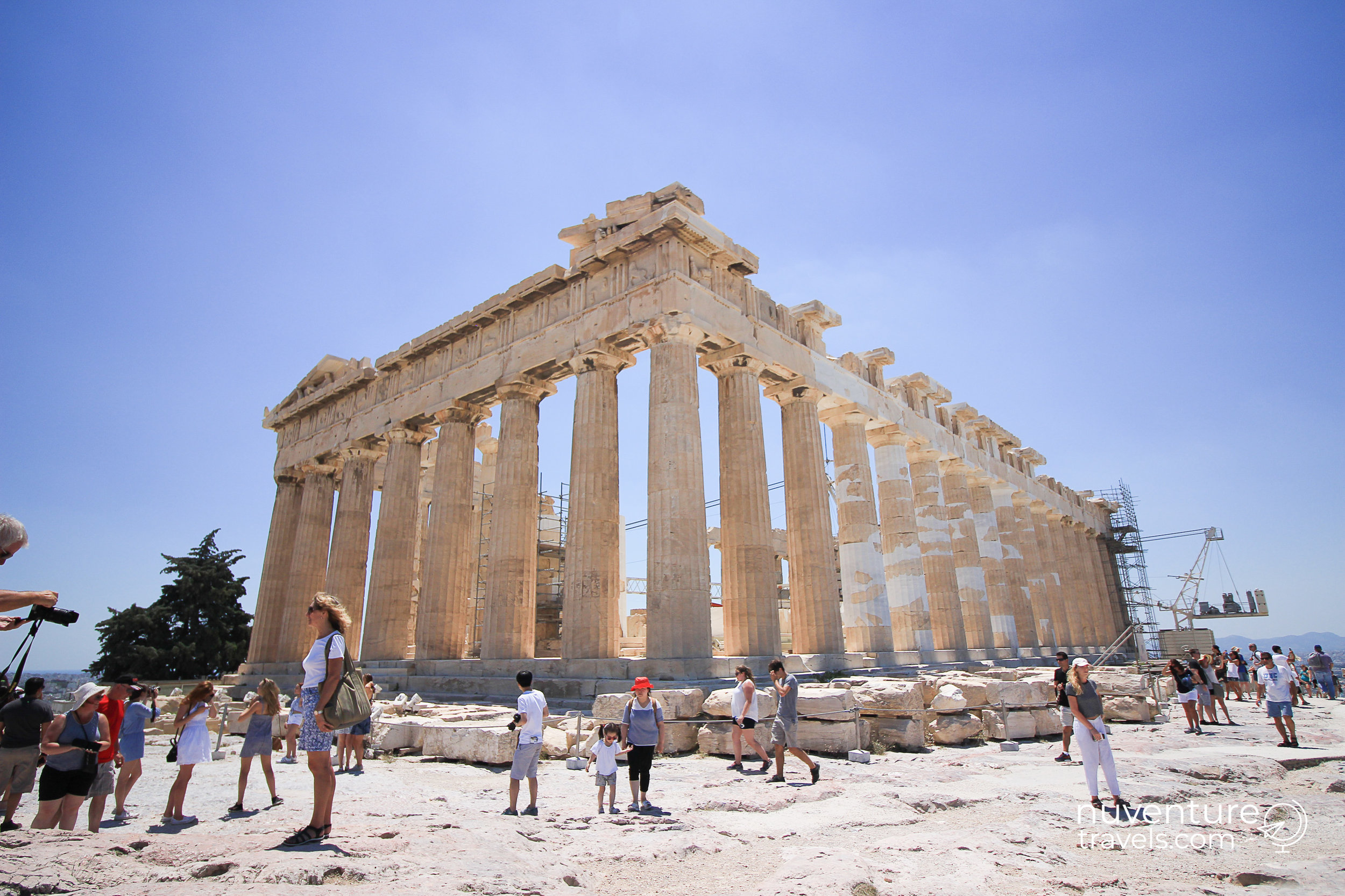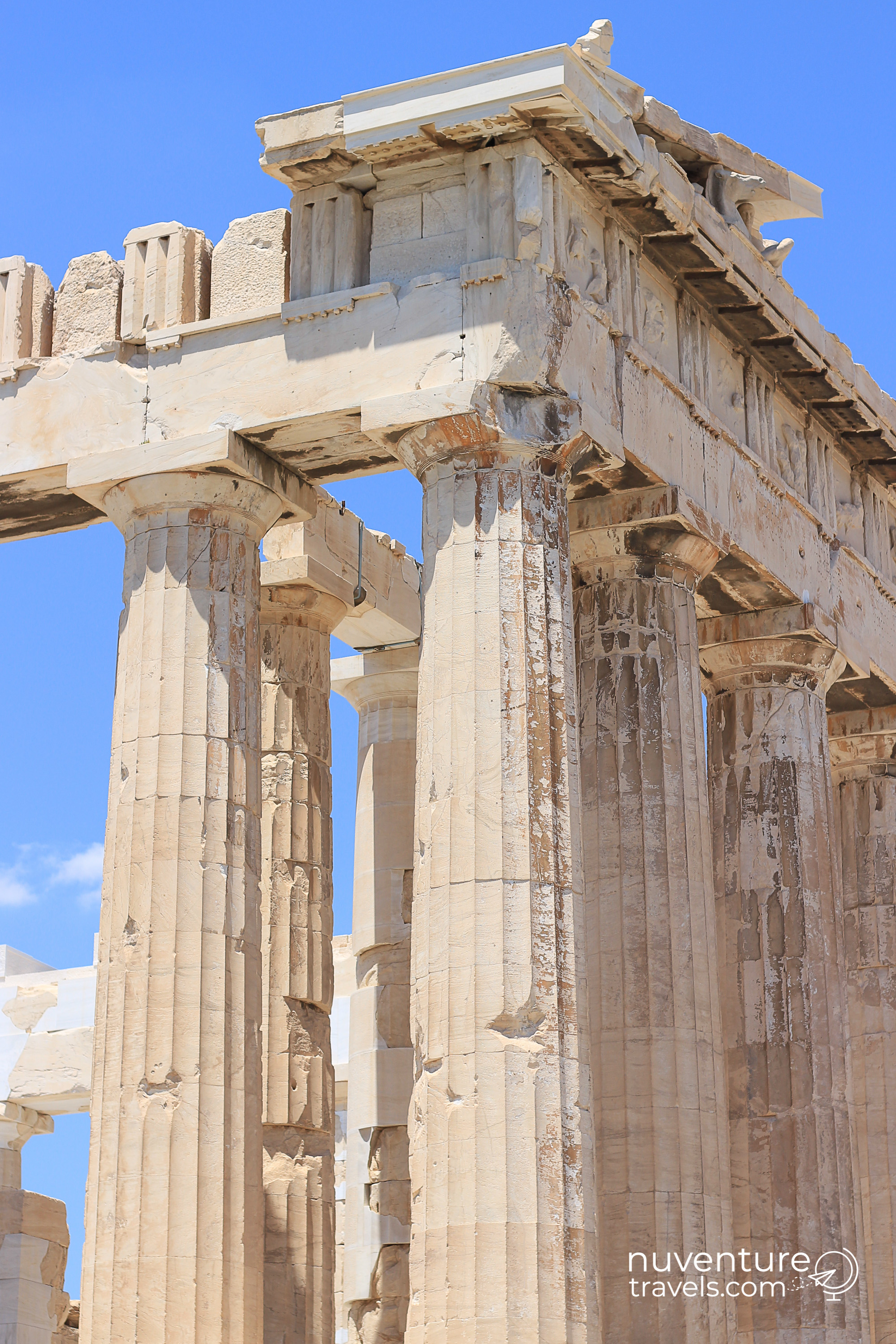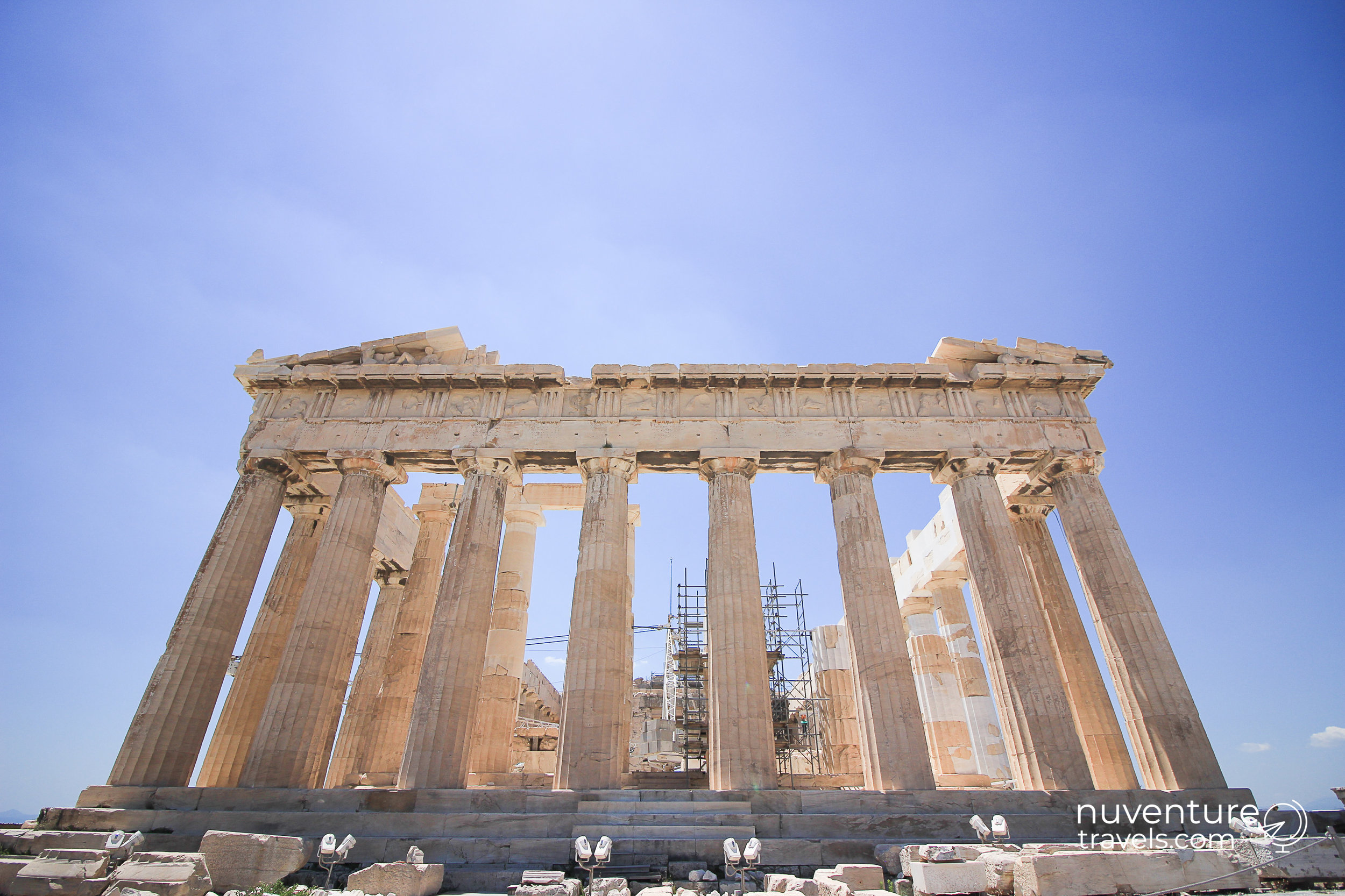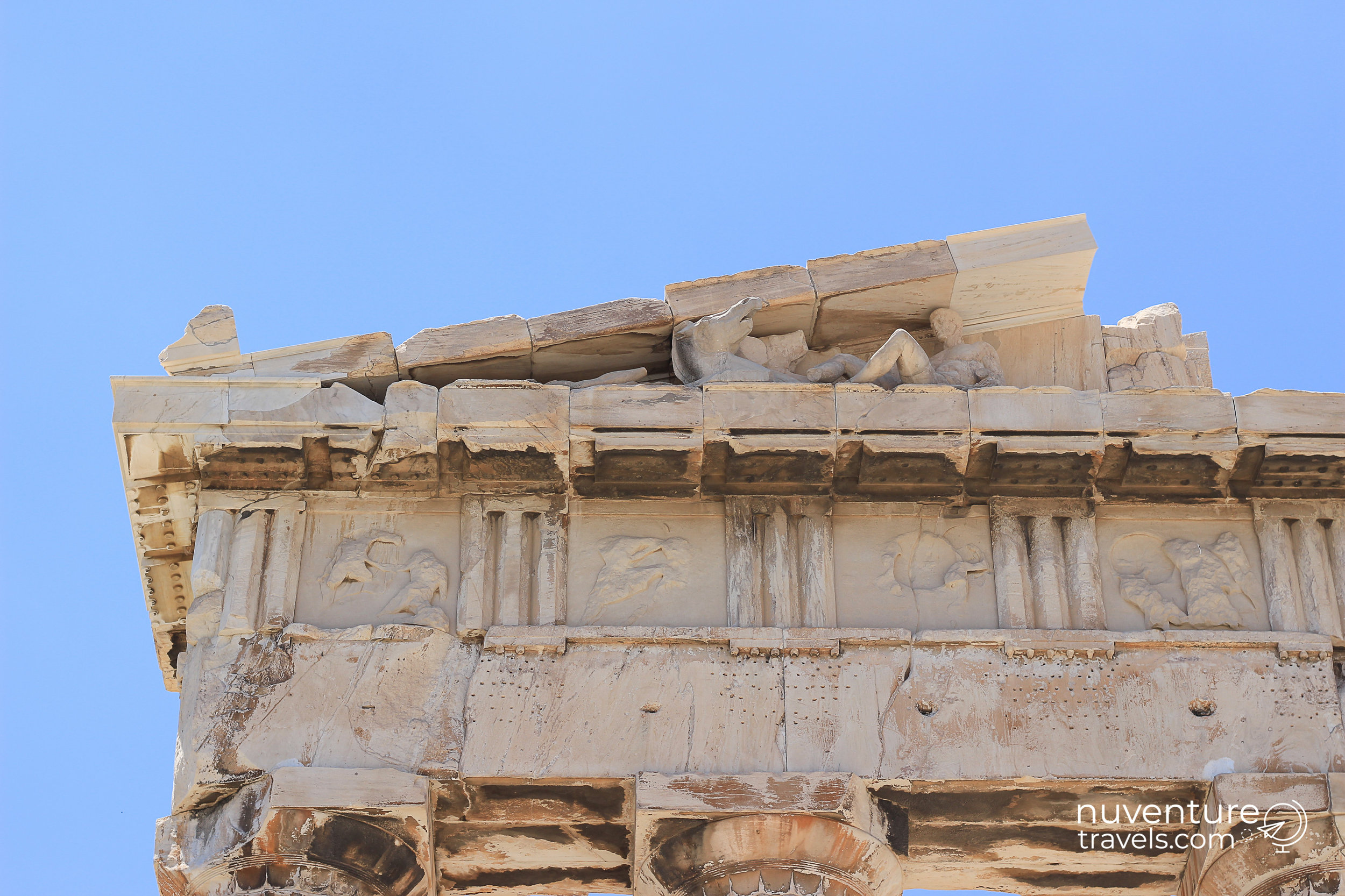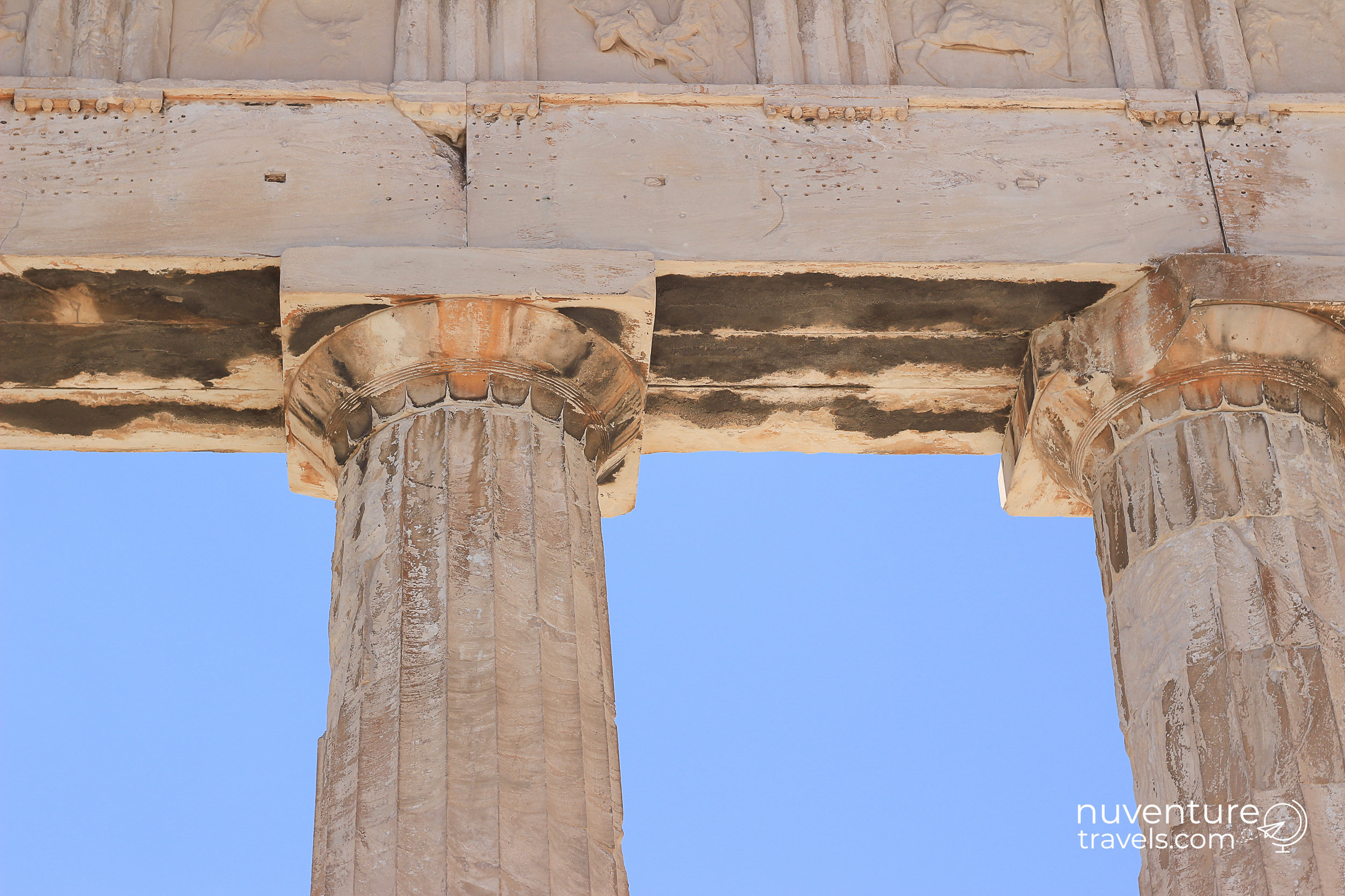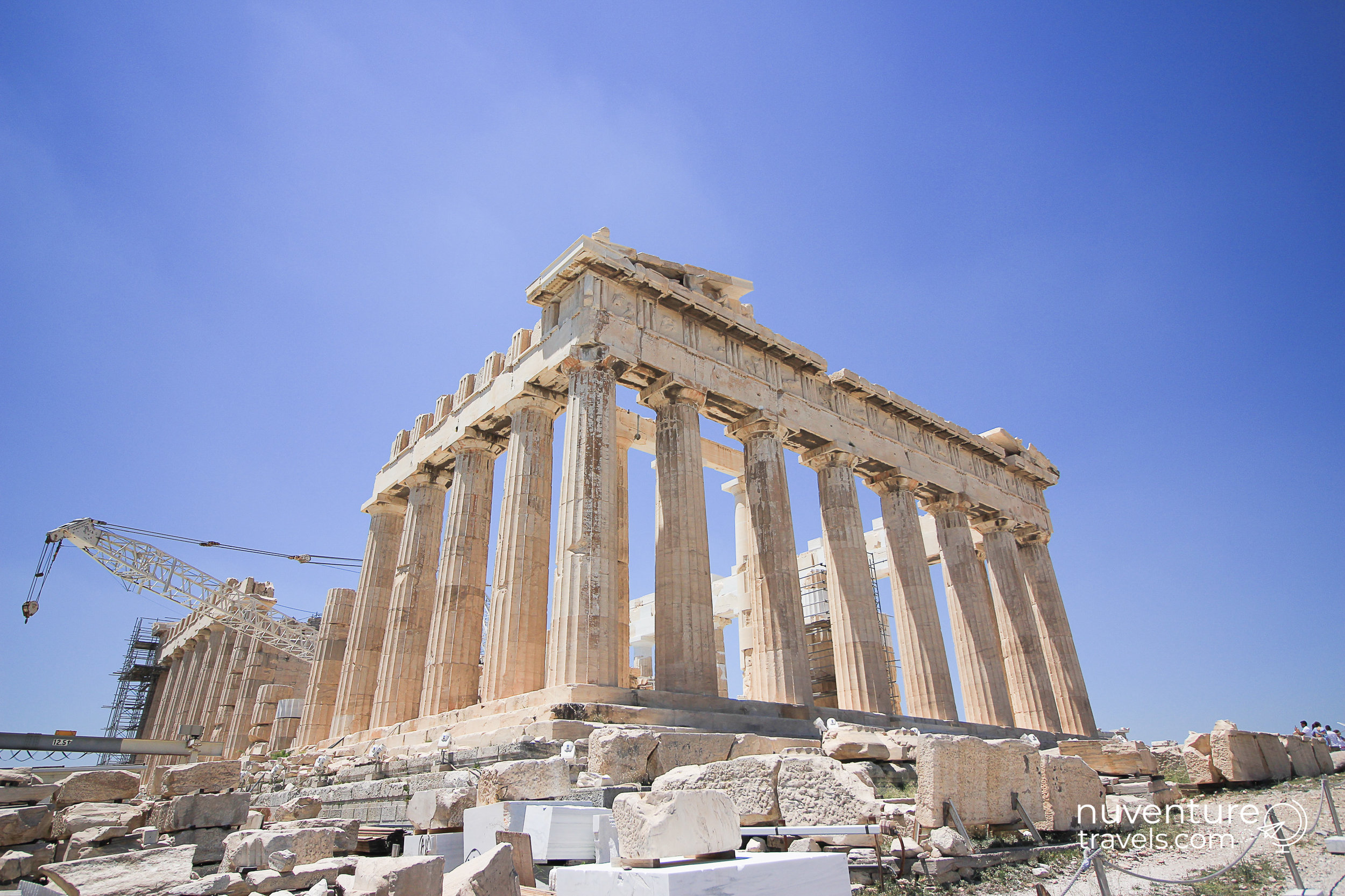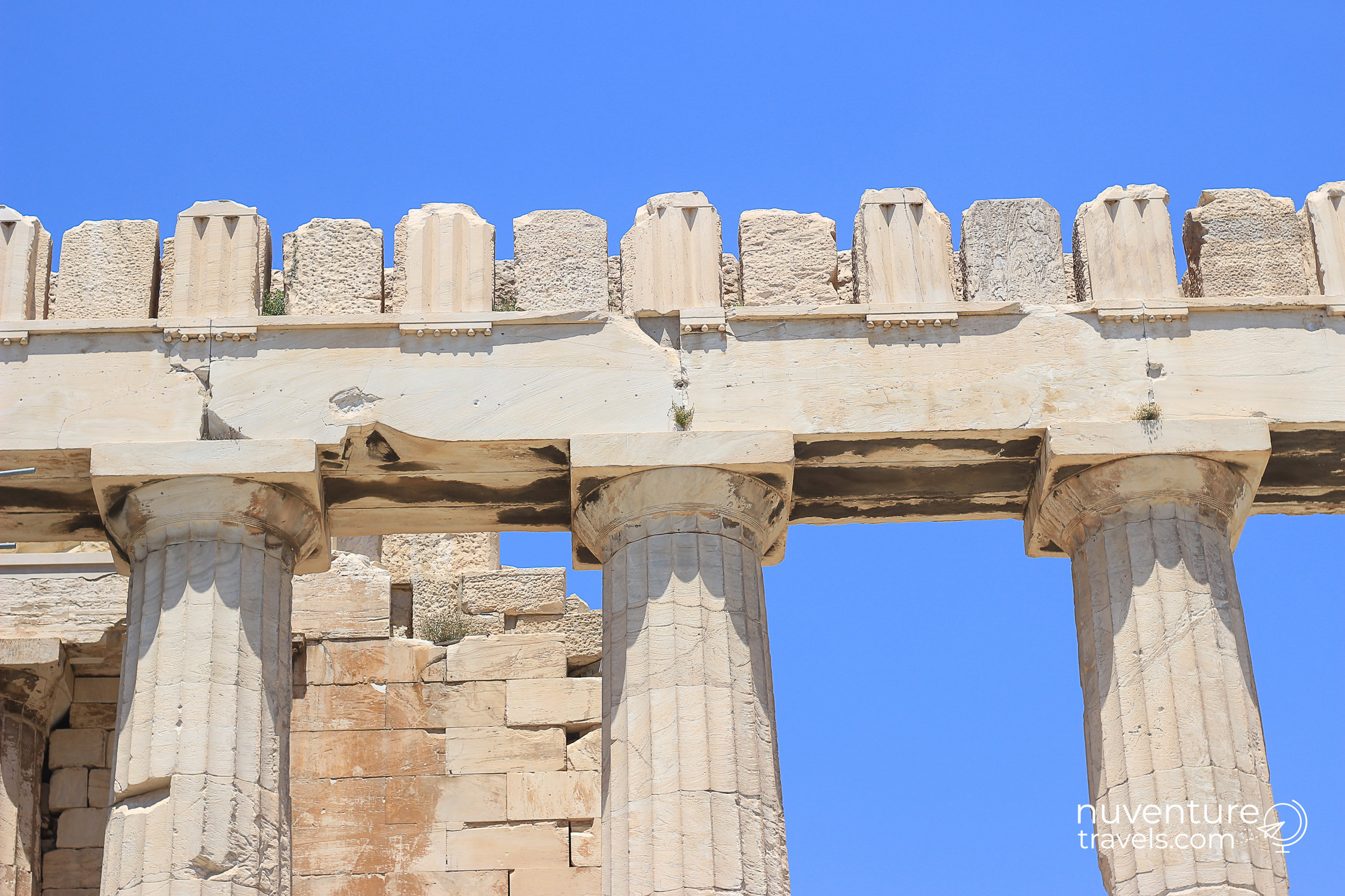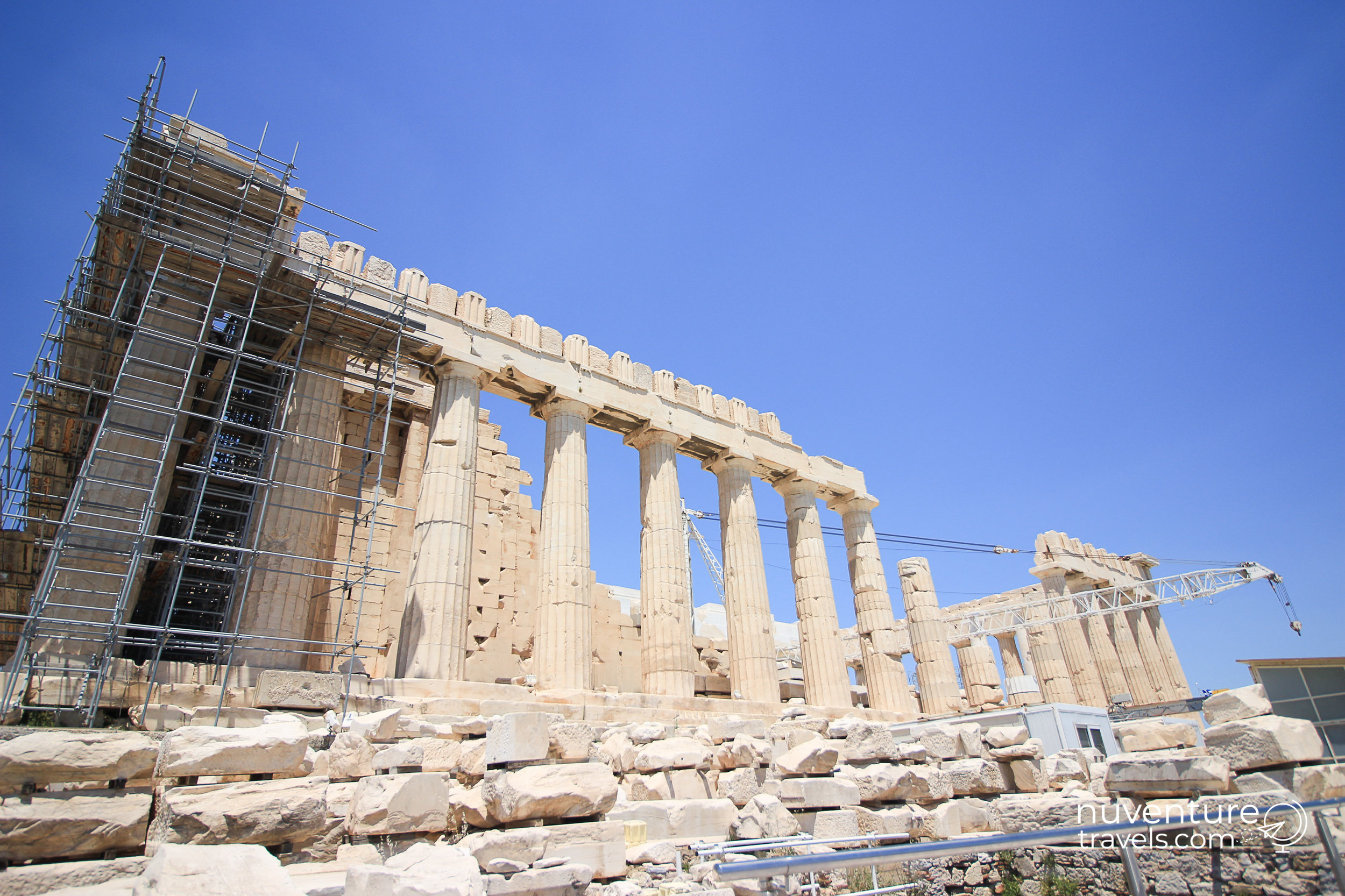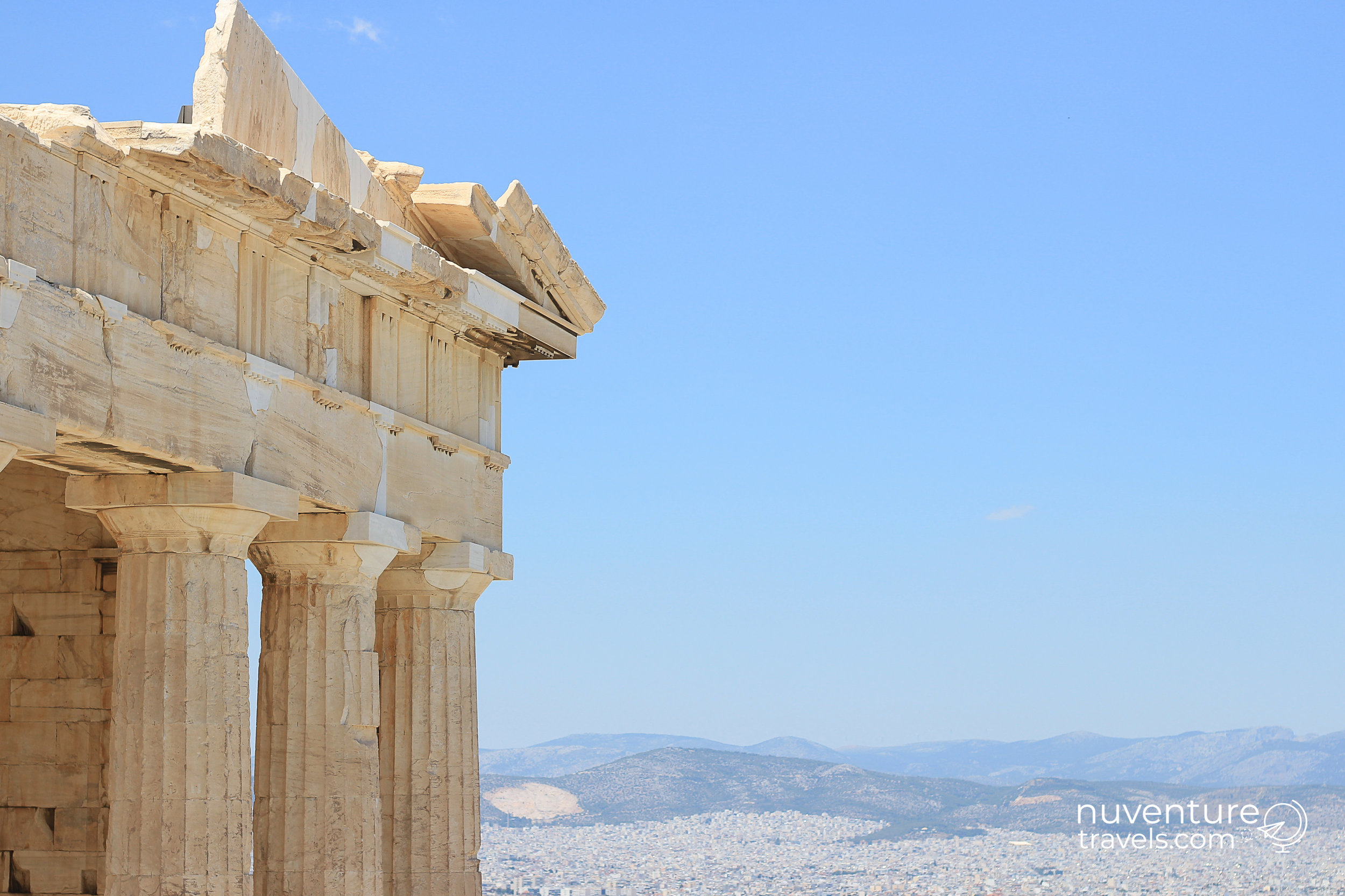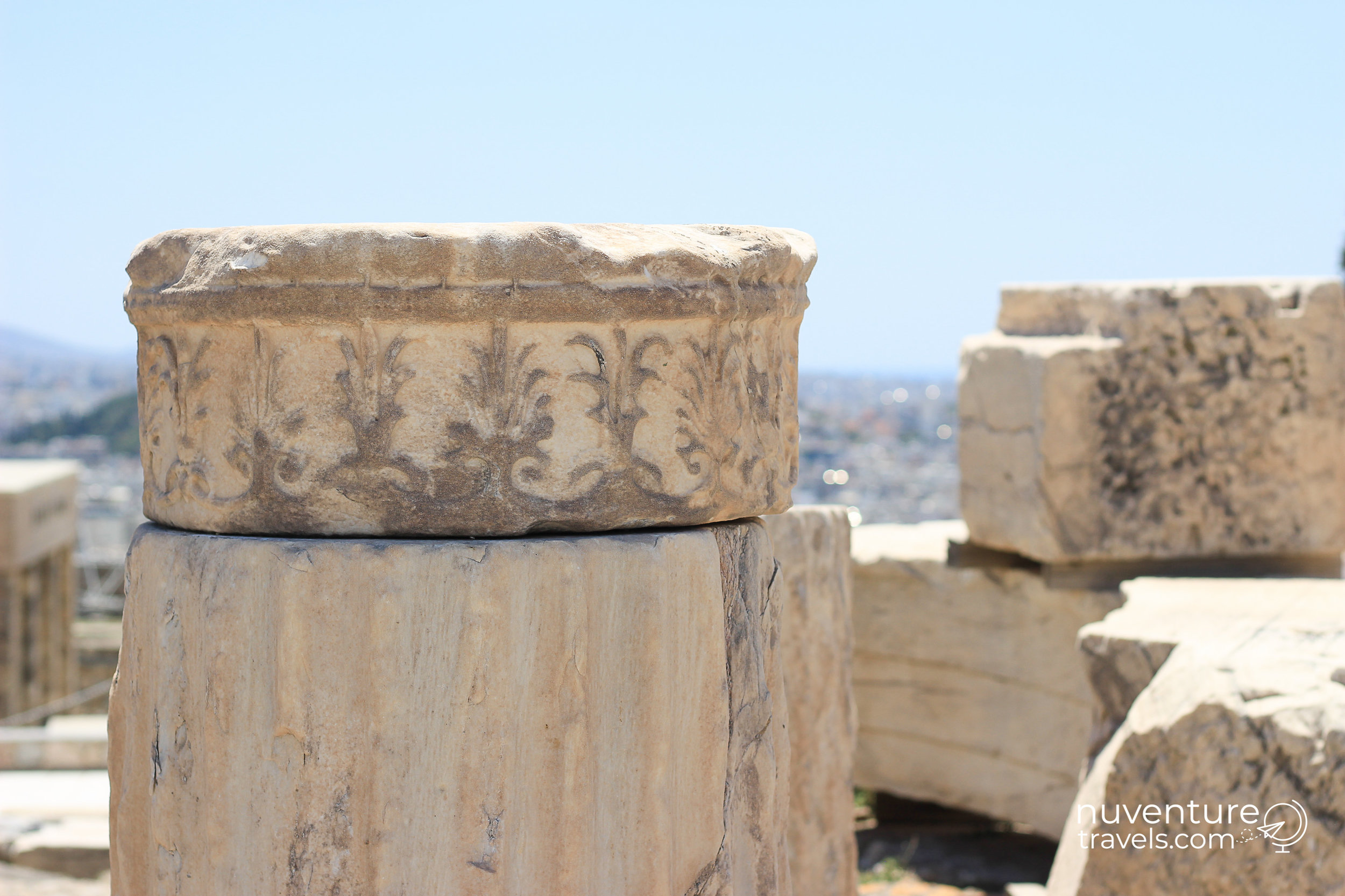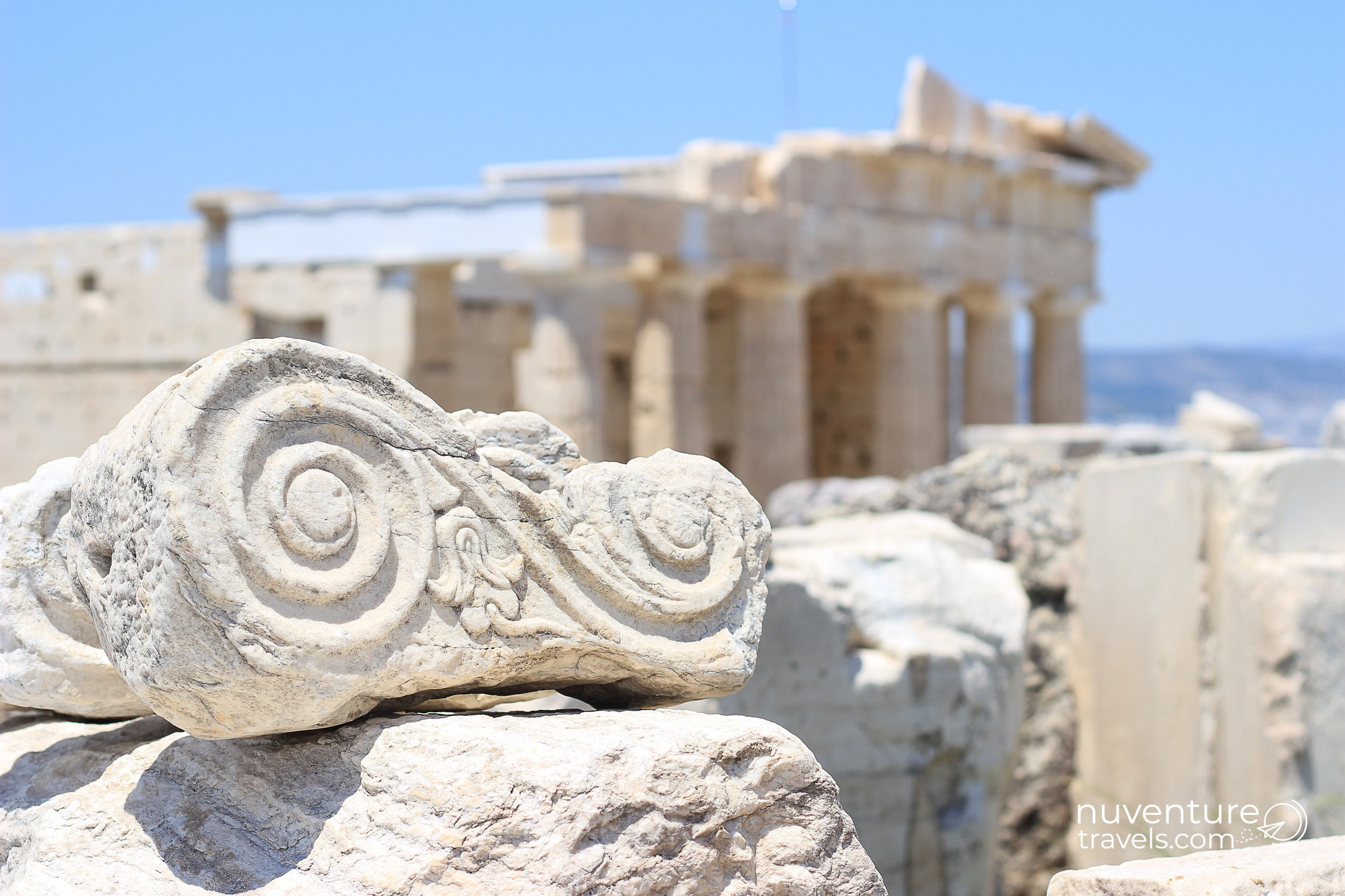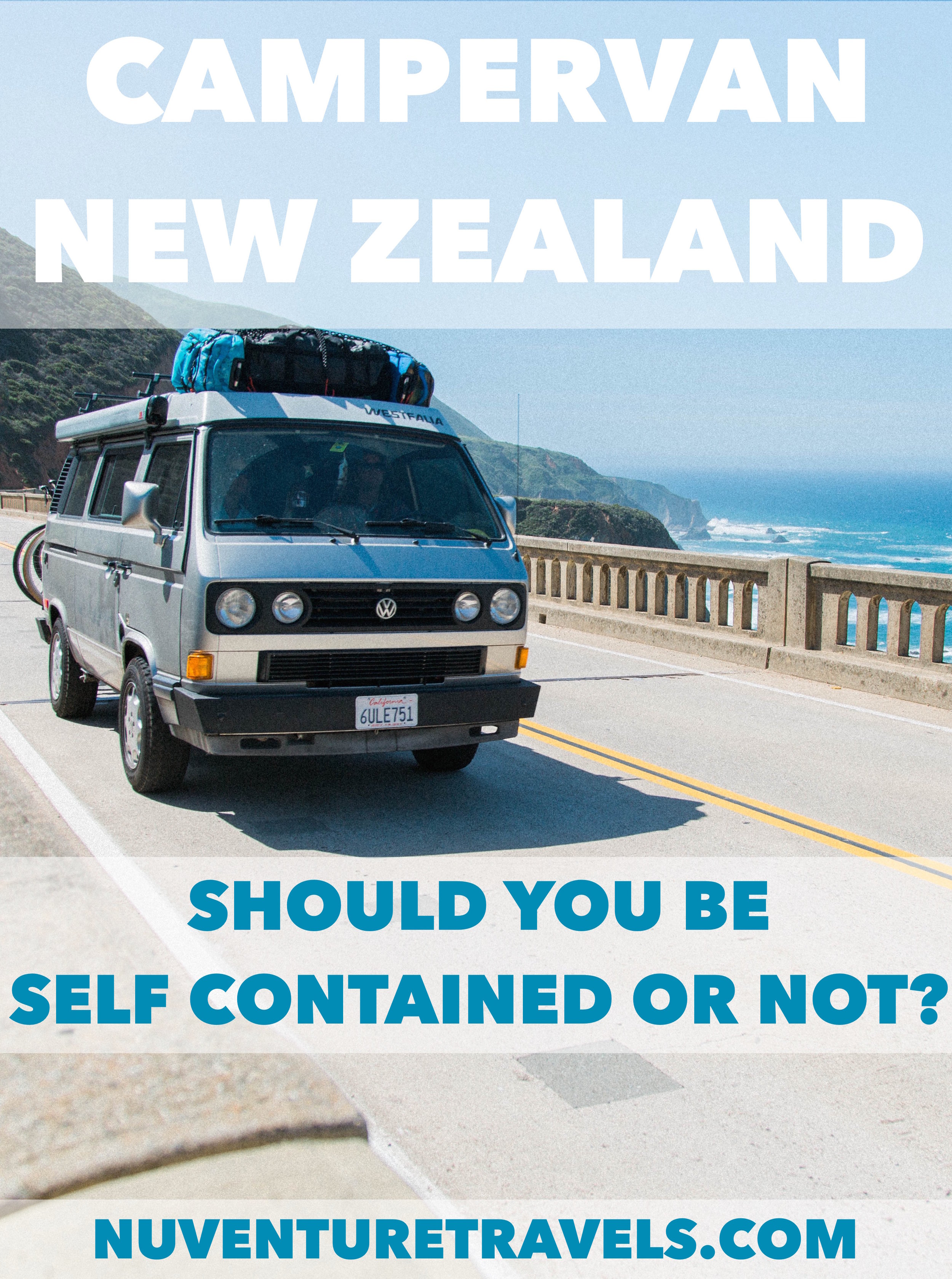Campervanning New Zealand:
Should You Get a
Petrol (Gas) or Diesel Campervan?
When we arrived in New Zealand and were on the hunt to buy our campervan, we noticed diesel prices were a lot less than petrol (gas) prices at the pump. Seeing this, we started specifically looking at diesel campers to buy to save money on gas.
After doing some research, we realized we were being mislead by the prices shown at the petrol stations.
PRICE DIFFERENCE = ROAD USER CHARGE (RUC)
The difference in the prices at the pump is due to when New Zealand has petrol and diesel drivers pay their Road User Charges (RUCs).
WHAT'S A RUC?
A Road User Charge (RUC) is a tax to drive on New Zealand's roads.
WHEN DO YOU PAY YOUR RUC?
New Zealand has petrol drivers pay their RUCs differently than diesel drivers.
PETROL
Petrol drivers pay their RUC taxes when they're paying at the pump for their petrol. The tax is included in the price of the petrol. So, you pump your petrol, pay, and you're on your way.
DIESEL
Diesel RUCs aren't as simple because they're not included in the price of diesel. That's why diesel prices are lower on the signs than petrol prices. As a diesel driver, you have to take an extra step and purchase a RUC distance license separately.
HOW TO GET A RUC AS A DIESEL DRIVER?
For diesel vehicles, for every 1,000 km you drive, you must pay for a RUC distance license prior to driving the new distance. So, driving a diesel camper requires more work to stay on top of your RUC licenses.
WHERE TO GET A RUC?
Here are some places you can pop in and buy a RUC distance license:
www.nzta.govt.nz/online
Automobile Association (AA)
BP truck stops, and some BP service stations
Post shops
Vehicle Inspection New Zealand
Vehicle Testing New Zealand
PRICE OF A RUC?
Effective on July 1, 2015, NZTA stated that a vehicle less than 3.5 tonnes owes NZ$62 for each 1,000 km license.
Depending on where you purchase the RUC license, there may be transaction fees added to the cost of the license, ranging from NZ$4.80 to NZ$7.80 per license.
Which is Cheaper: Petrol or Diesel?
Okay, so you pay more for petrol at the pump. But, diesel has all these license fees and seems like more of a hassle.
Which one saves you money in the long run?
We learned from our research, there’s been a long-standing argument by local Kiwis of which one is cheaper in the long run: petrol or diesel? Many people say the long-term cost is the same.
MAINTENANCE COSTS
We also heard a diesel engine is more complicated and expensive to get repaired than a petrol engine.
OUR EXPERIENCE
What did we do? With all this informaiton, we went with petrol. All of our research said the long-term cost was the same, so neither would save us money.
And, diesel seemed like more of a hassle to track of your kilometres and staying current with your RUC distance licenses. It was one more thing to have to think about on our road trip. And, we heard a diesel engine is more expensive to fix if something went wrong.
So, we decided to buy a petrol campervan. You can see more of our experience buying here.
